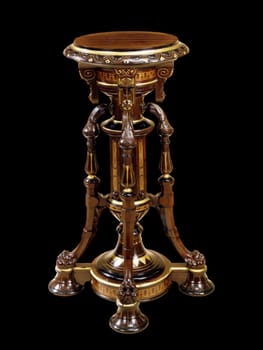- Filter By:
-
-
Stock photos and images of username:gallofoto
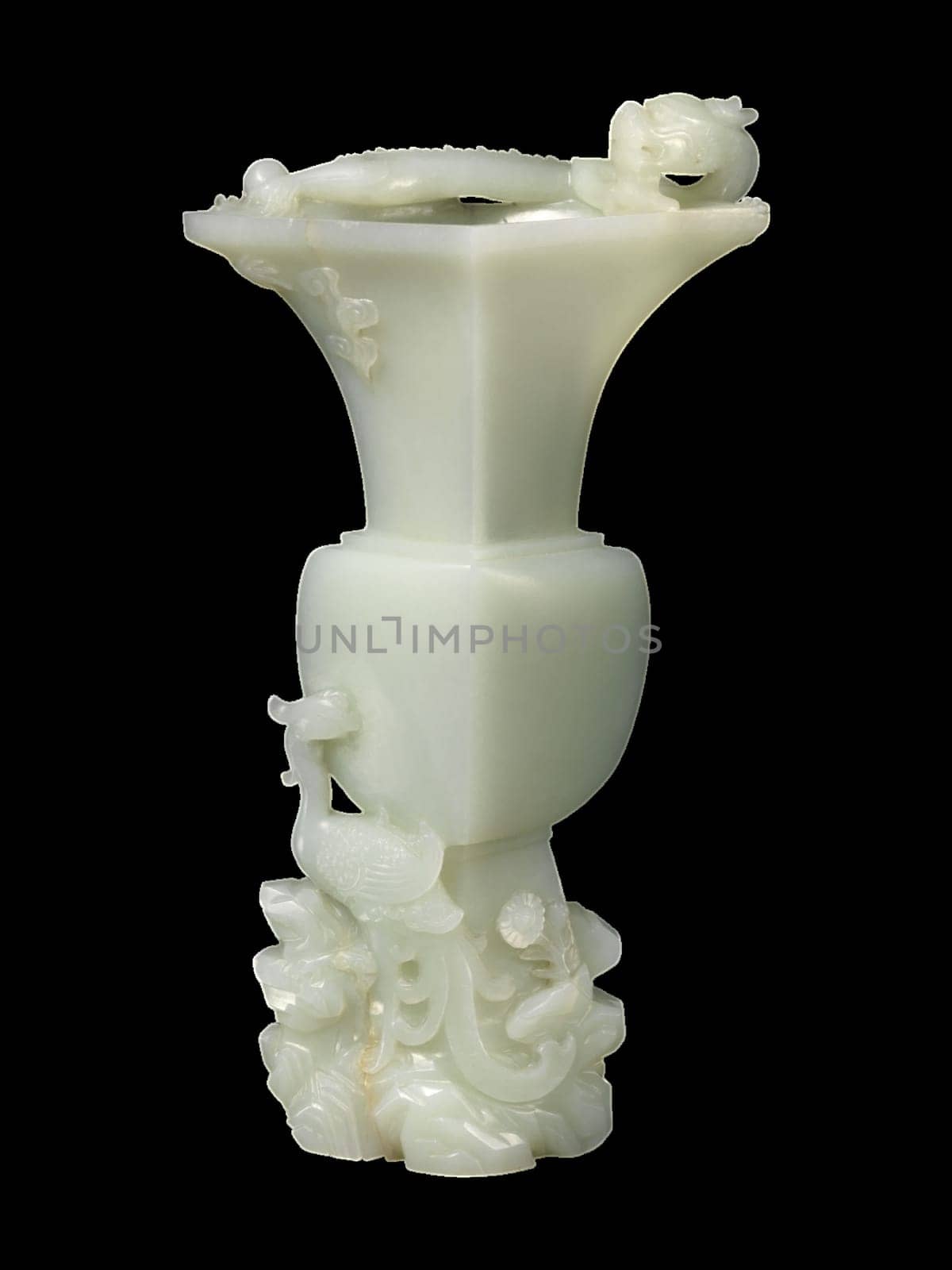
Antique Chinese Jade Vase with Dragon and Phoenix - 18-19th Century
Stock PhotoUsername
gallofotoResolution
3000x4000pxAntique Chinese Jade Vase with Dragon and Phoenix - 18-19th Century


Antique Chinese Jade Heavenly Rooster Vase - 18-19th Century Art
Stock PhotoUsername
gallofotoResolution
3000x4000pxAntique Chinese Jade Heavenly Rooster Vase - 18-19th Century Art
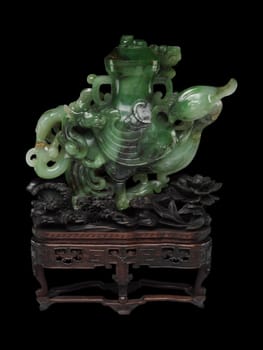
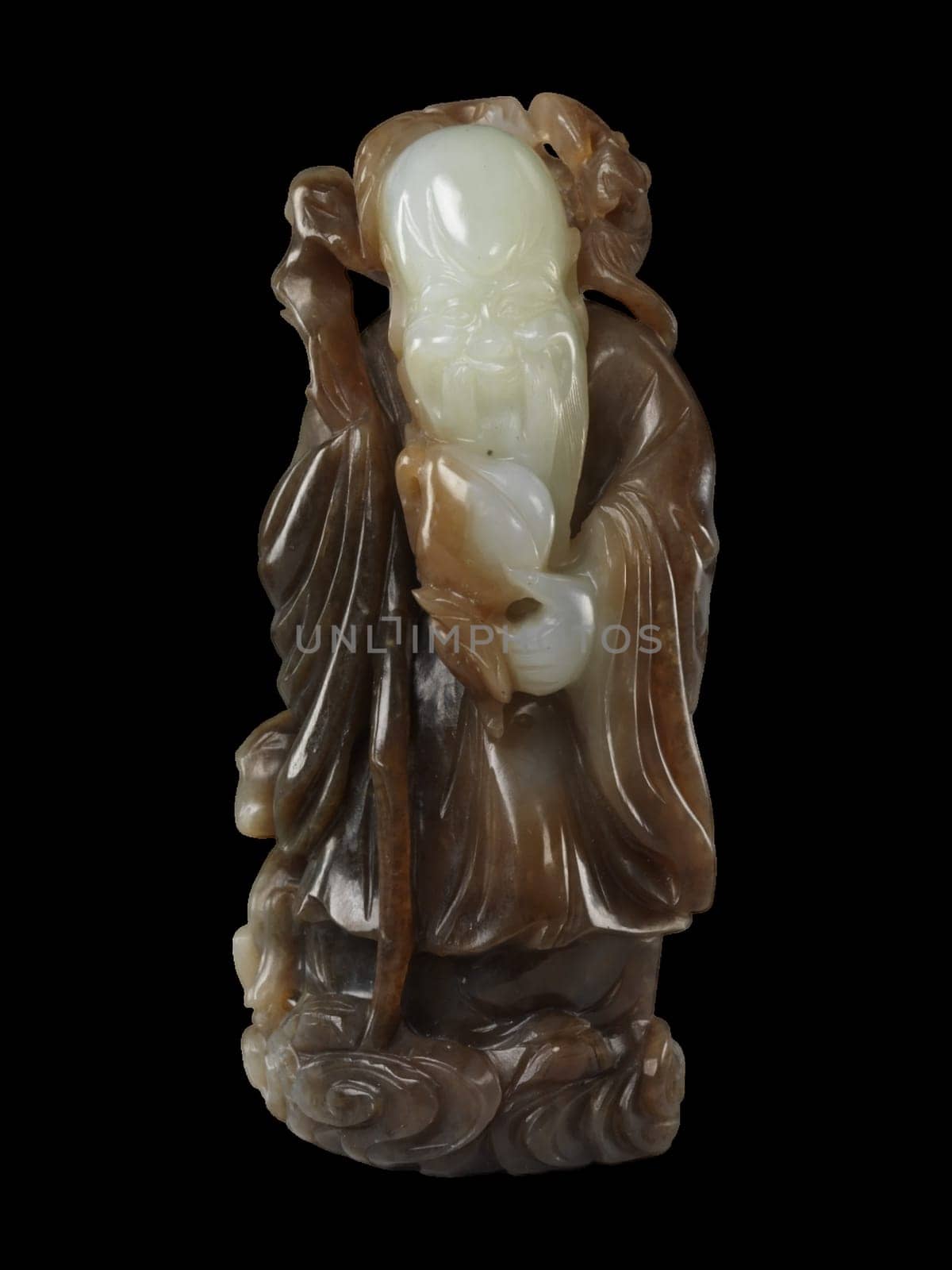
19th Century Chinese Jade Shoulao - God of Longevity Sculpture
Stock PhotoUsername
gallofotoResolution
3000x4000px19th Century Chinese Jade Shoulao - God of Longevity Sculpture


18th Century Chinese Jade Immortal Figure - Serene Carving
Stock PhotoUsername
gallofotoResolution
3000x4000px18th Century Chinese Jade Immortal Figure - Serene Carving
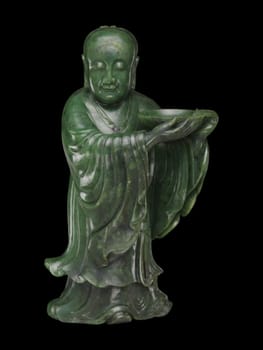

Antique Chinese Jade Heavenly Rooster Vase - 18-19th Century Art
Stock PhotoUsername
gallofotoResolution
3000x4000pxAntique Chinese Jade Heavenly Rooster Vase - 18-19th Century Art

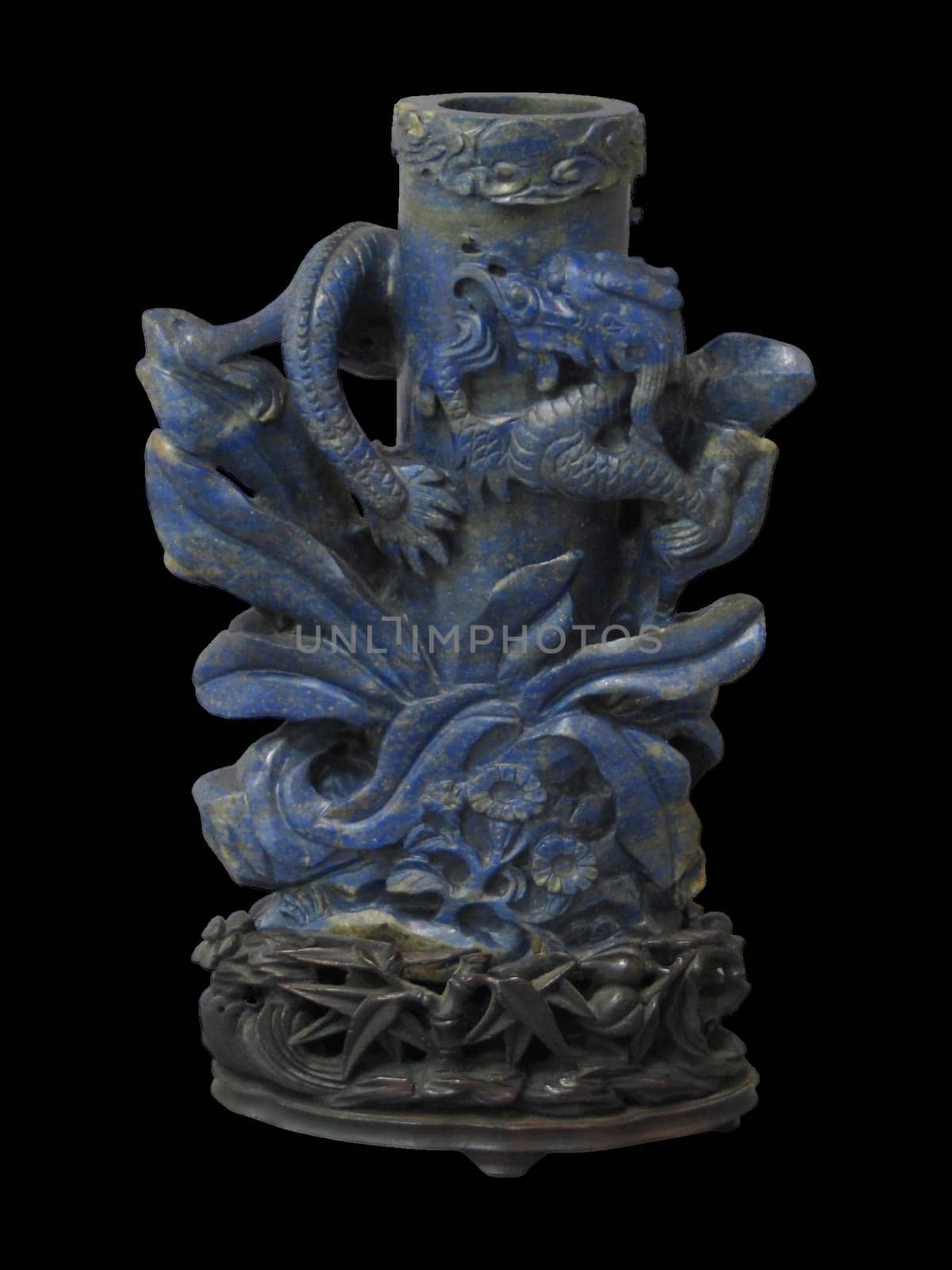
18th Century Chinese Lapis Lazuli Dragon Vase - Antique Elegance
Stock PhotoUsername
gallofotoResolution
3000x4000px18th Century Chinese Lapis Lazuli Dragon Vase - Antique Elegance


Antique Chinese Archaic Style Jade Vase with Dragons - 18-19th Century
Stock PhotoUsername
gallofotoResolution
3000x4000pxAntique Chinese Archaic Style Jade Vase with Dragons - 18-19th Century
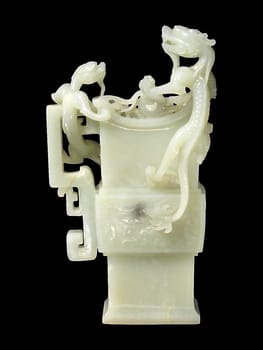
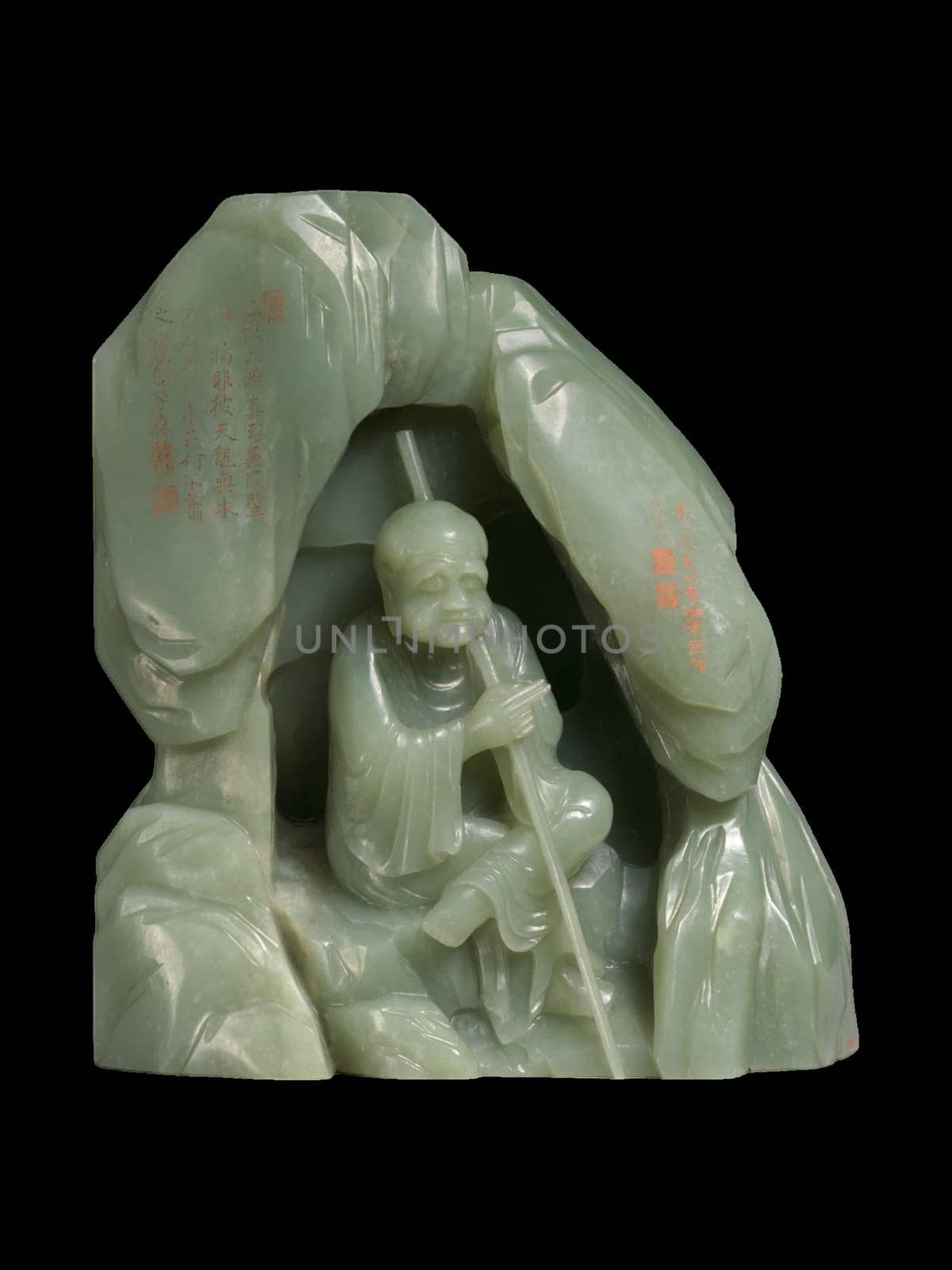
18th Century Chinese Jade Luohan in Grotto - Spiritual Sculpture
Stock PhotoUsername
gallofotoResolution
3000x4000px18th Century Chinese Jade Luohan in Grotto - Spiritual Sculpture


Late 18th Century Chinese Jade Luohan with Fan - Spiritual Art
Stock PhotoUsername
gallofotoResolution
3000x4000pxLate 18th Century Chinese Jade Luohan with Fan - Spiritual Art
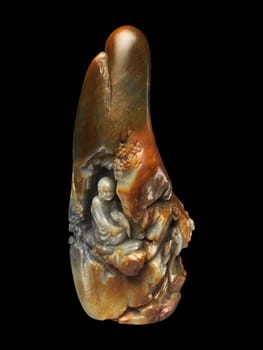
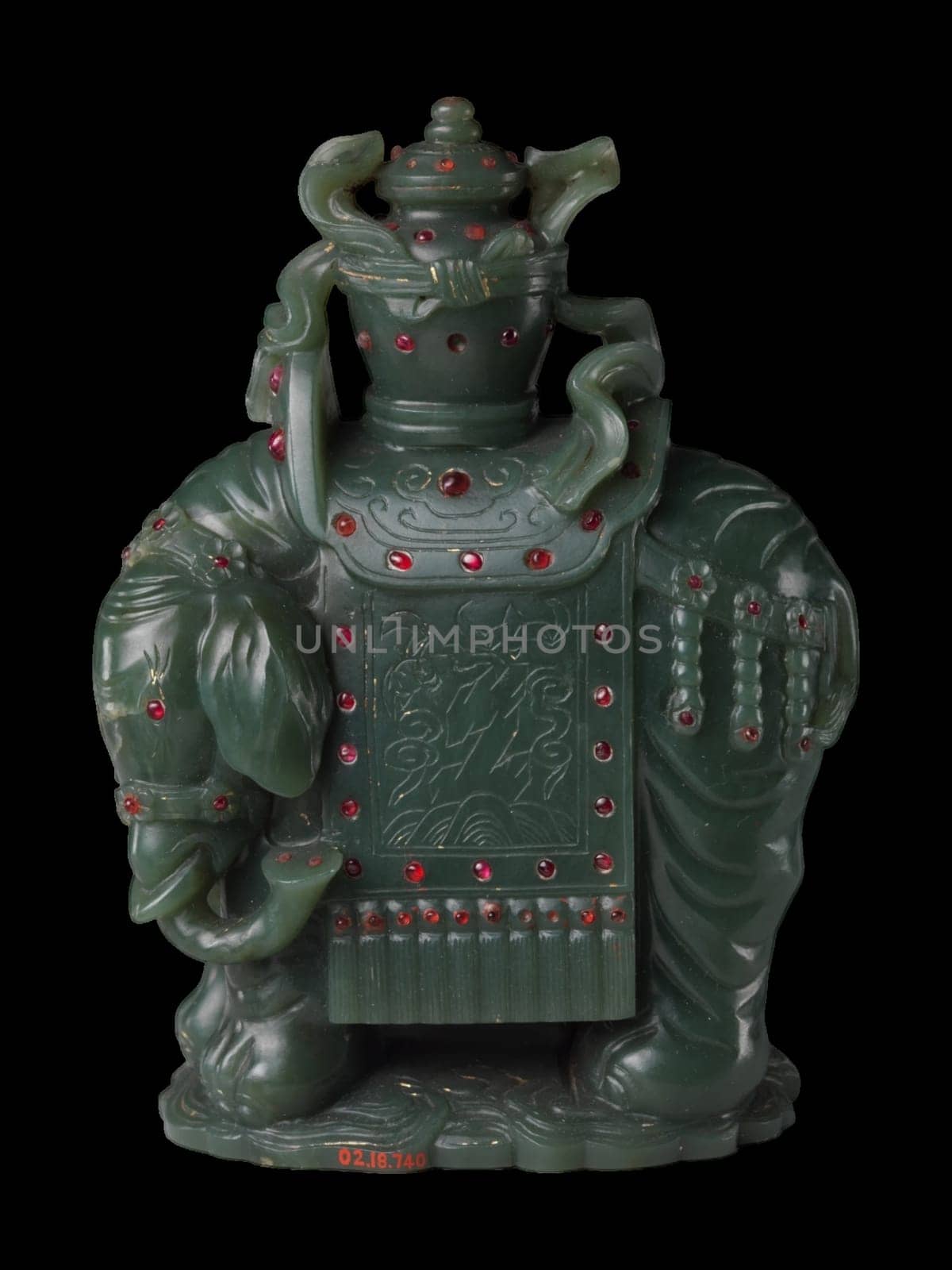
Antique Chinese Jade Elephant Carrying Vase - 18-19th Century Art
Stock PhotoUsername
gallofotoResolution
3000x4000pxAntique Chinese Jade Elephant Carrying Vase - 18-19th Century Art

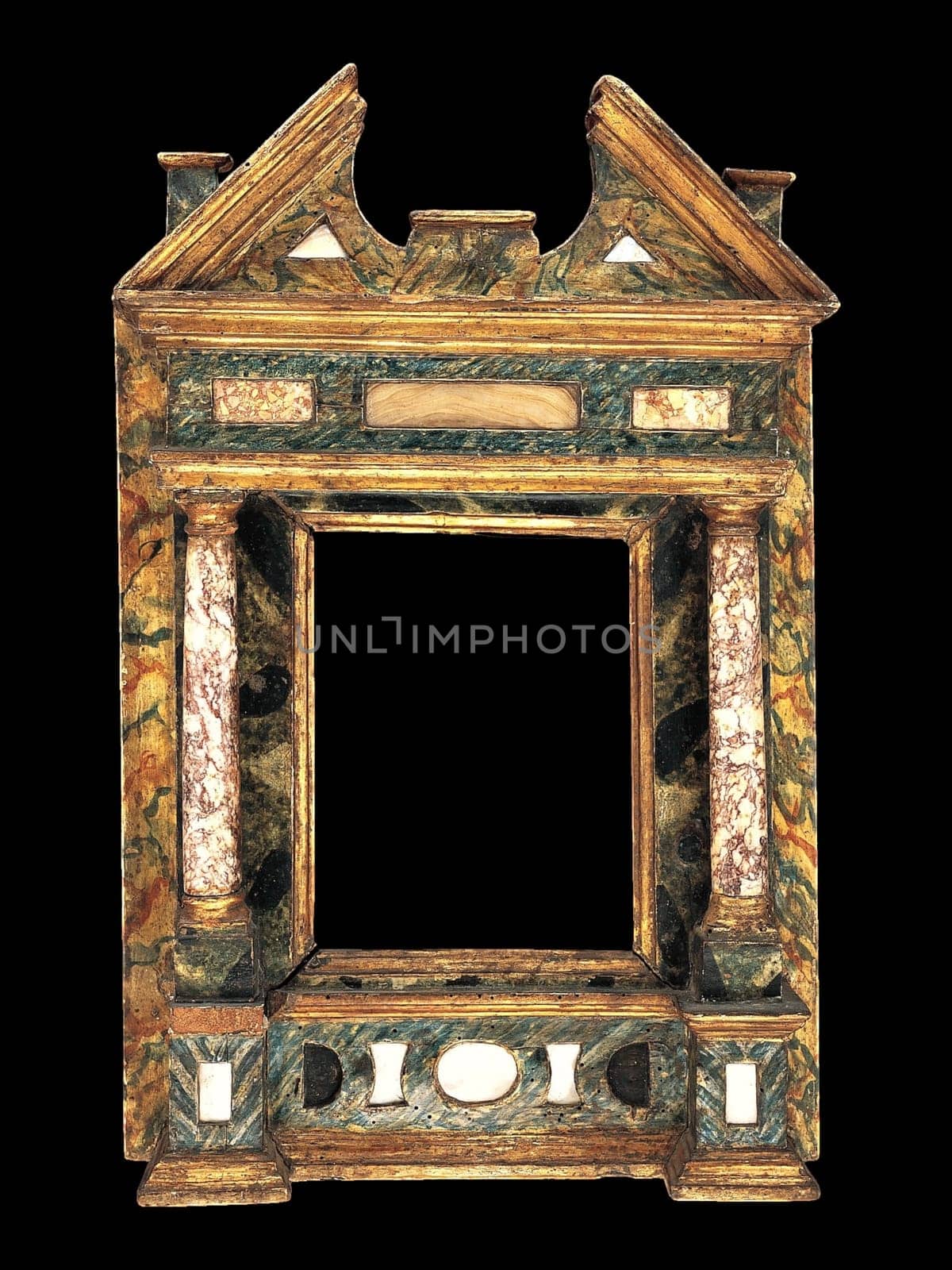
Early 17th Century Tabernacle Frame - Italian Marches Detail - Antique Art
Stock PhotoUsername
gallofotoResolution
3000x4000pxEarly 17th Century Tabernacle Frame - Italian Marches Detail - Antique Art


Circa 1640 Italian Tabernacle Frame - Ornate Gilded Lombard Design
Stock PhotoUsername
gallofotoResolution
3000x4000pxCirca 1640 Italian Tabernacle Frame - Ornate Gilded Lombard Design

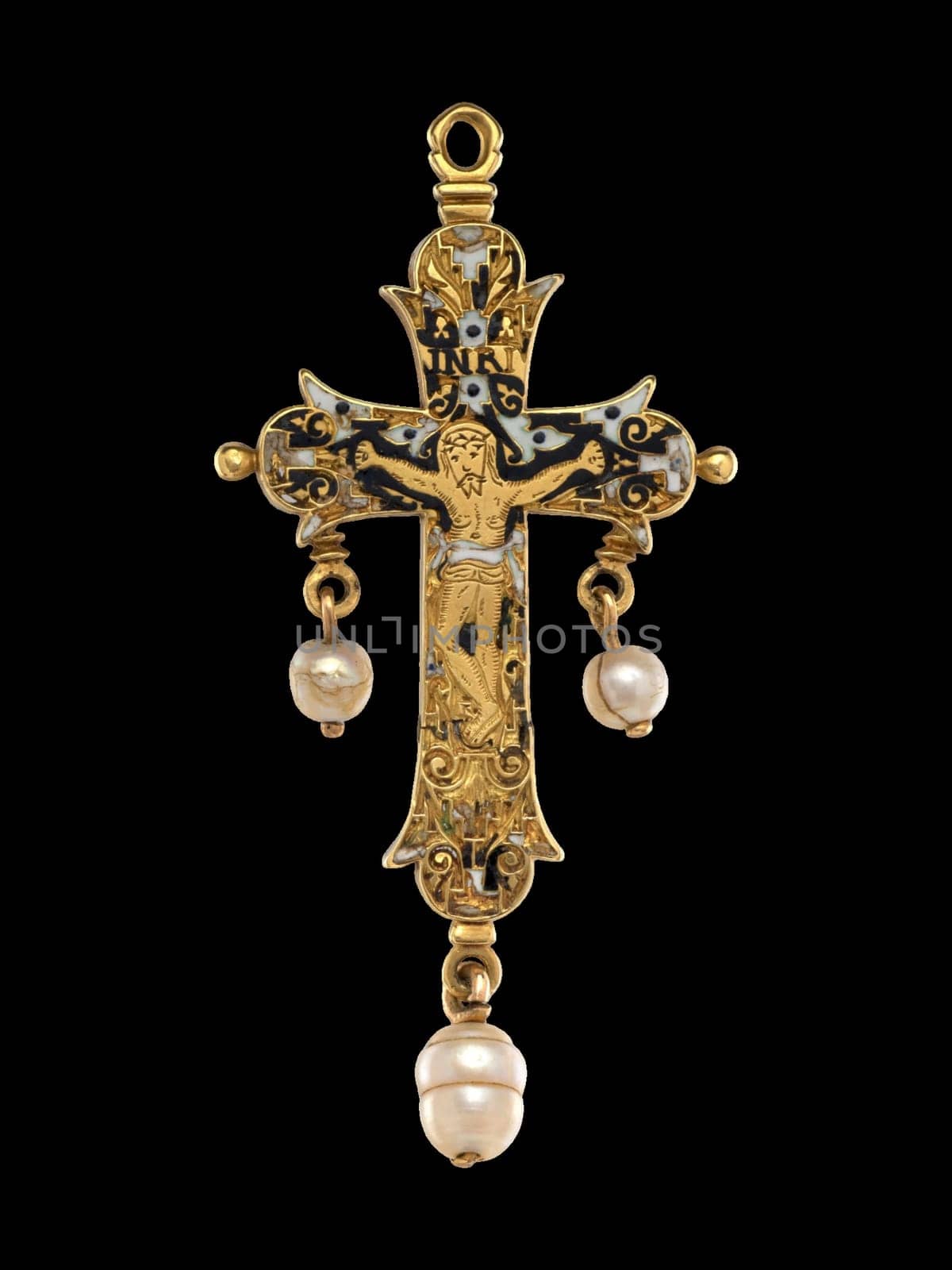
Antique Gold Reliquary Crucifix Pendant - 17th-18th Century Religious Art
Stock PhotoUsername
gallofotoResolution
3000x4000pxAntique Gold Reliquary Crucifix Pendant - 17th-18th Century Religious Art

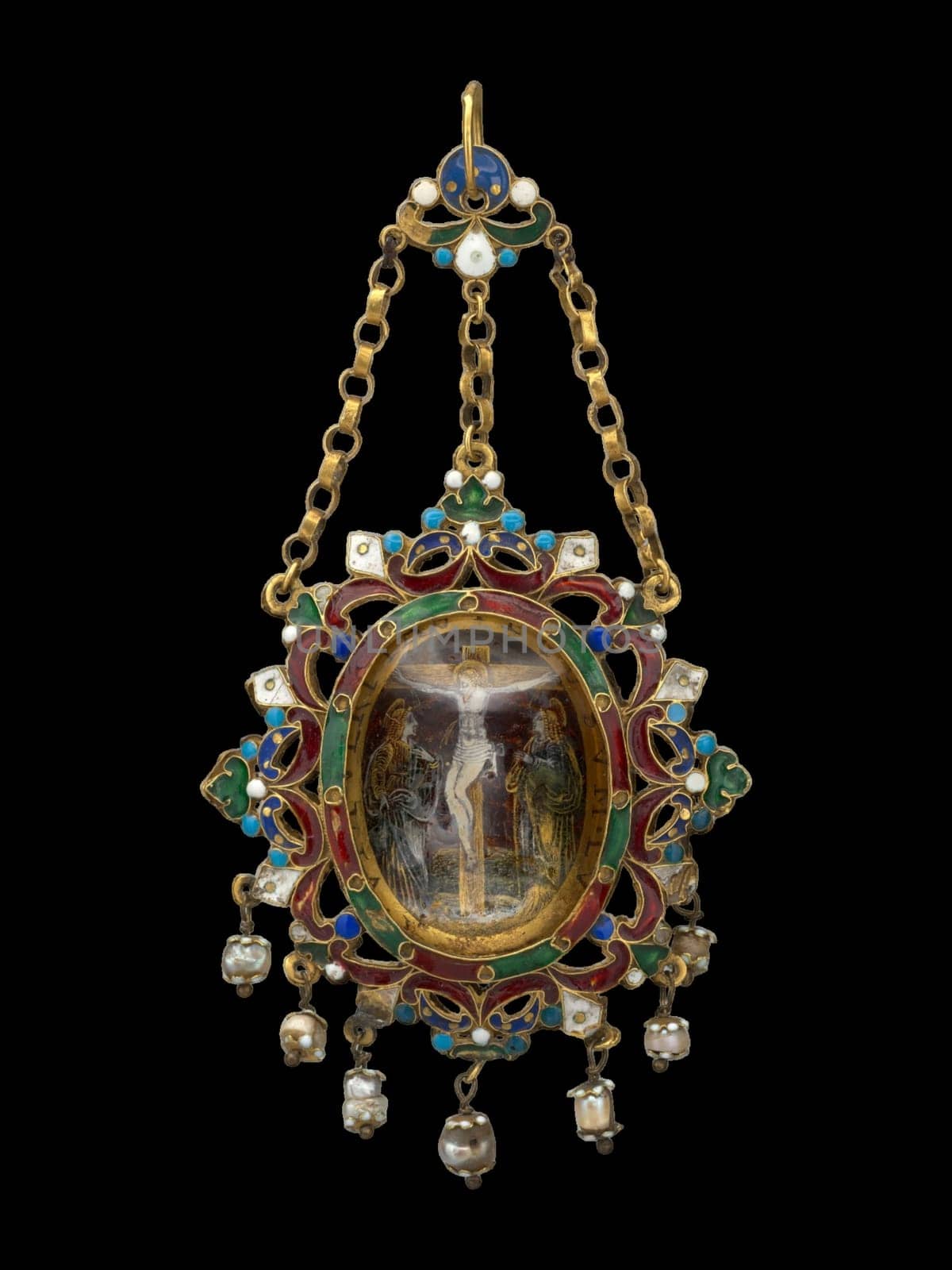
17th Century Sicilian Crucifixion Pendant - Italian Religious Jewelry Art
Stock PhotoUsername
gallofotoResolution
3000x4000px17th Century Sicilian Crucifixion Pendant - Italian Religious Jewelry Art

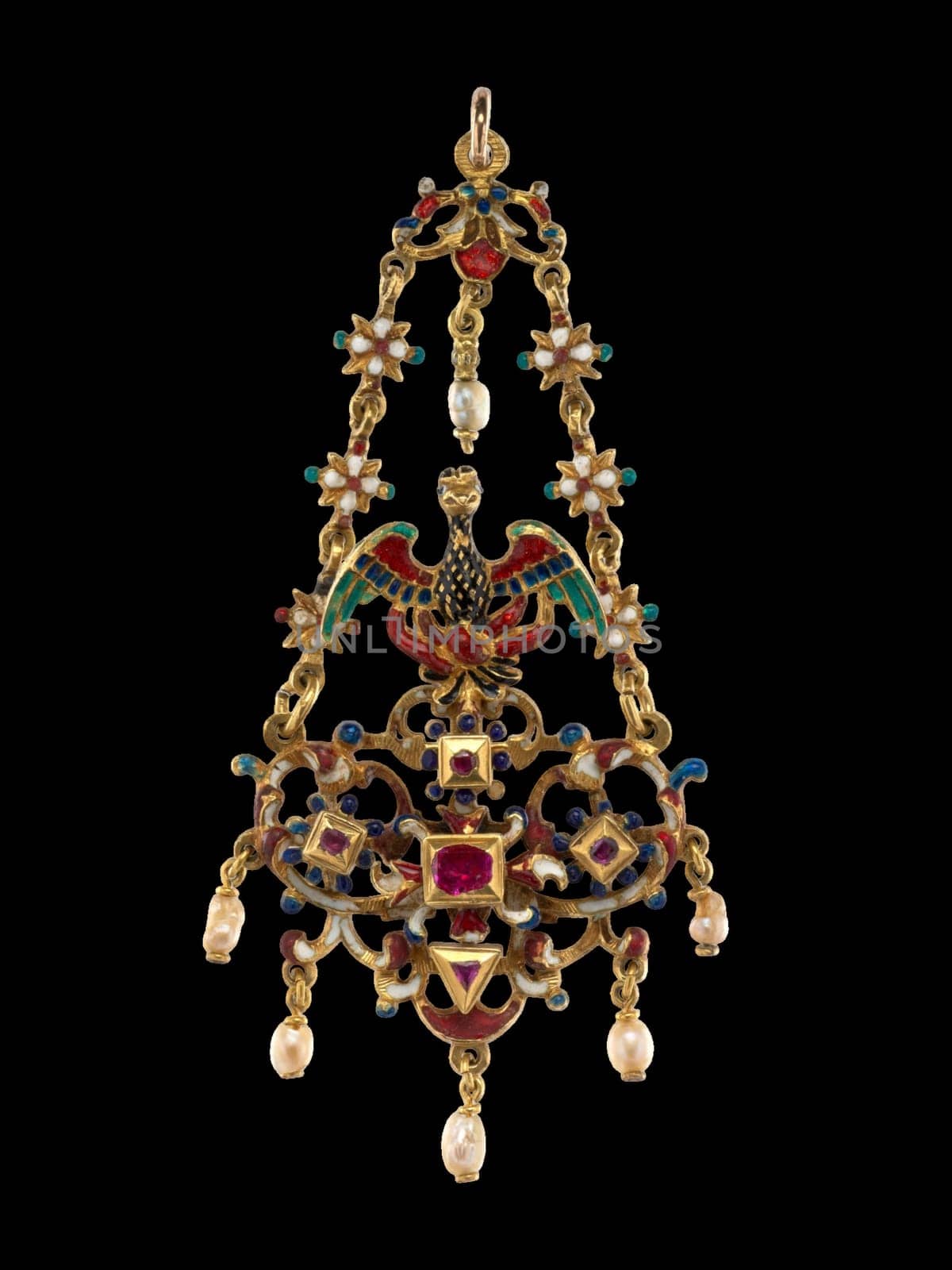
Renaissance Revival Phoenix Pendant - 17th Century Sicilian Jewelry Art
Stock PhotoUsername
gallofotoResolution
3000x4000pxRenaissance Revival Phoenix Pendant - 17th Century Sicilian Jewelry Art

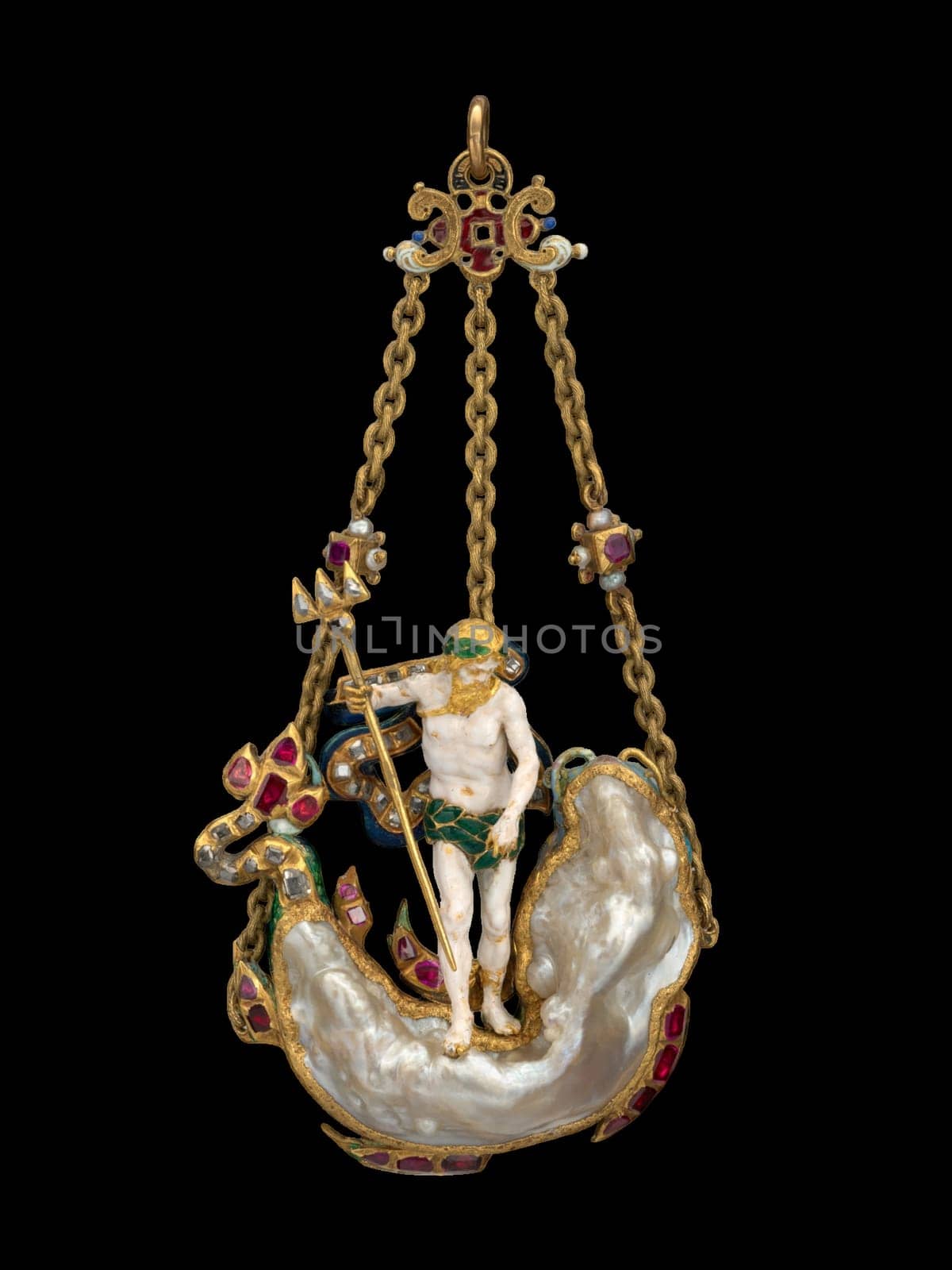
17th Century Neptune and Sea Monster Pendant - Netherlandish Mythological Jewelry
Stock PhotoUsername
gallofotoResolution
3000x4000px17th Century Neptune and Sea Monster Pendant - Netherlandish Mythological Jewelry


Rococo Gilded Console Table - German Antique Furniture - Decorative Interior
Stock PhotoUsername
gallofotoResolution
4000x3000pxRococo Gilded Console Table - German Antique Furniture - Decorative Interior
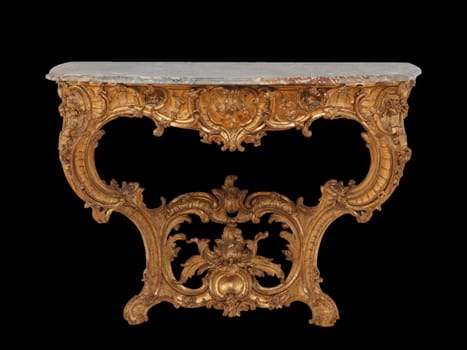
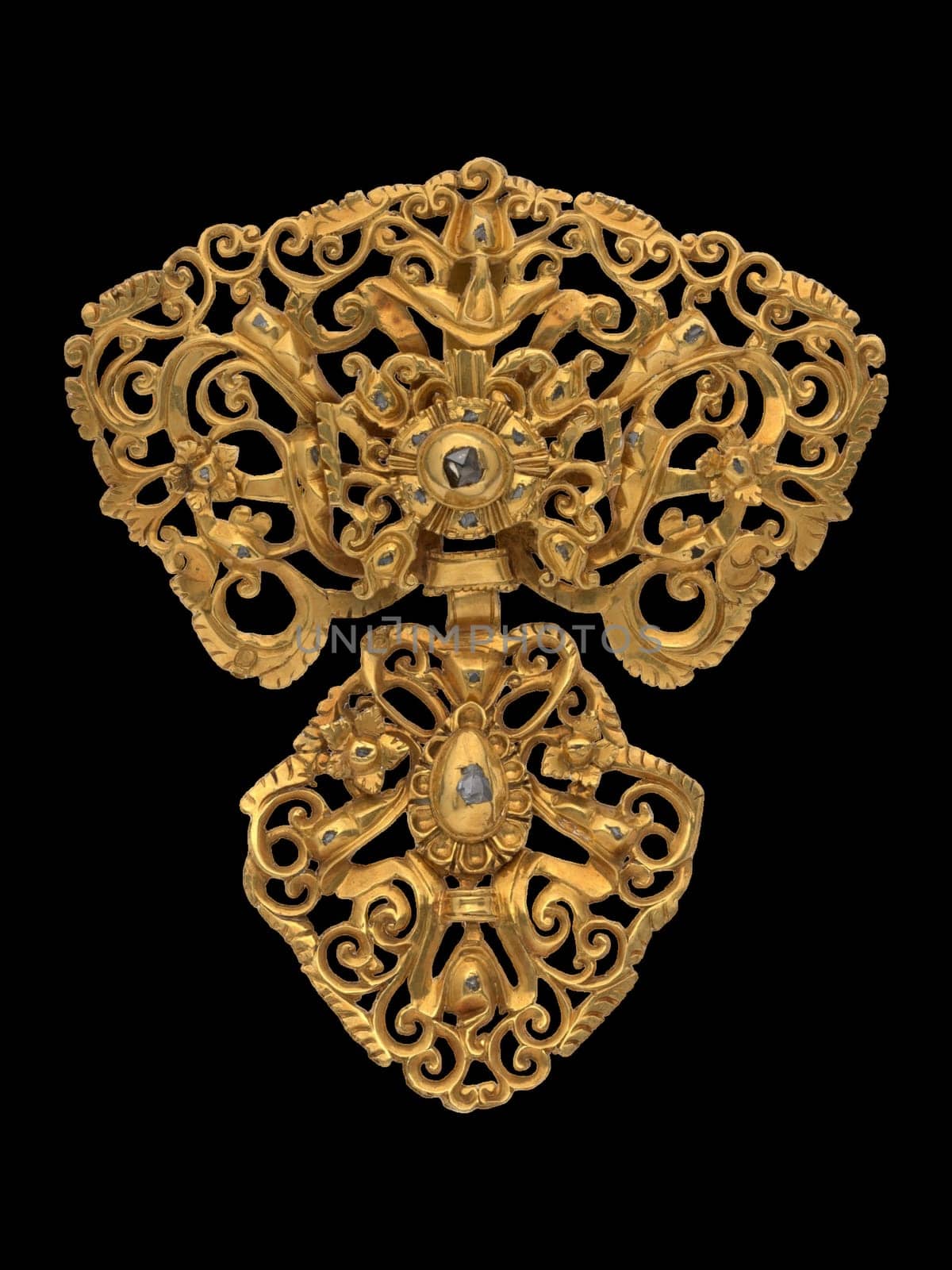
18th Century Portuguese Gold Filigree Pendant with Diamonds
Stock PhotoUsername
gallofotoResolution
3000x4000px18th Century Portuguese Gold Filigree Pendant with Diamonds

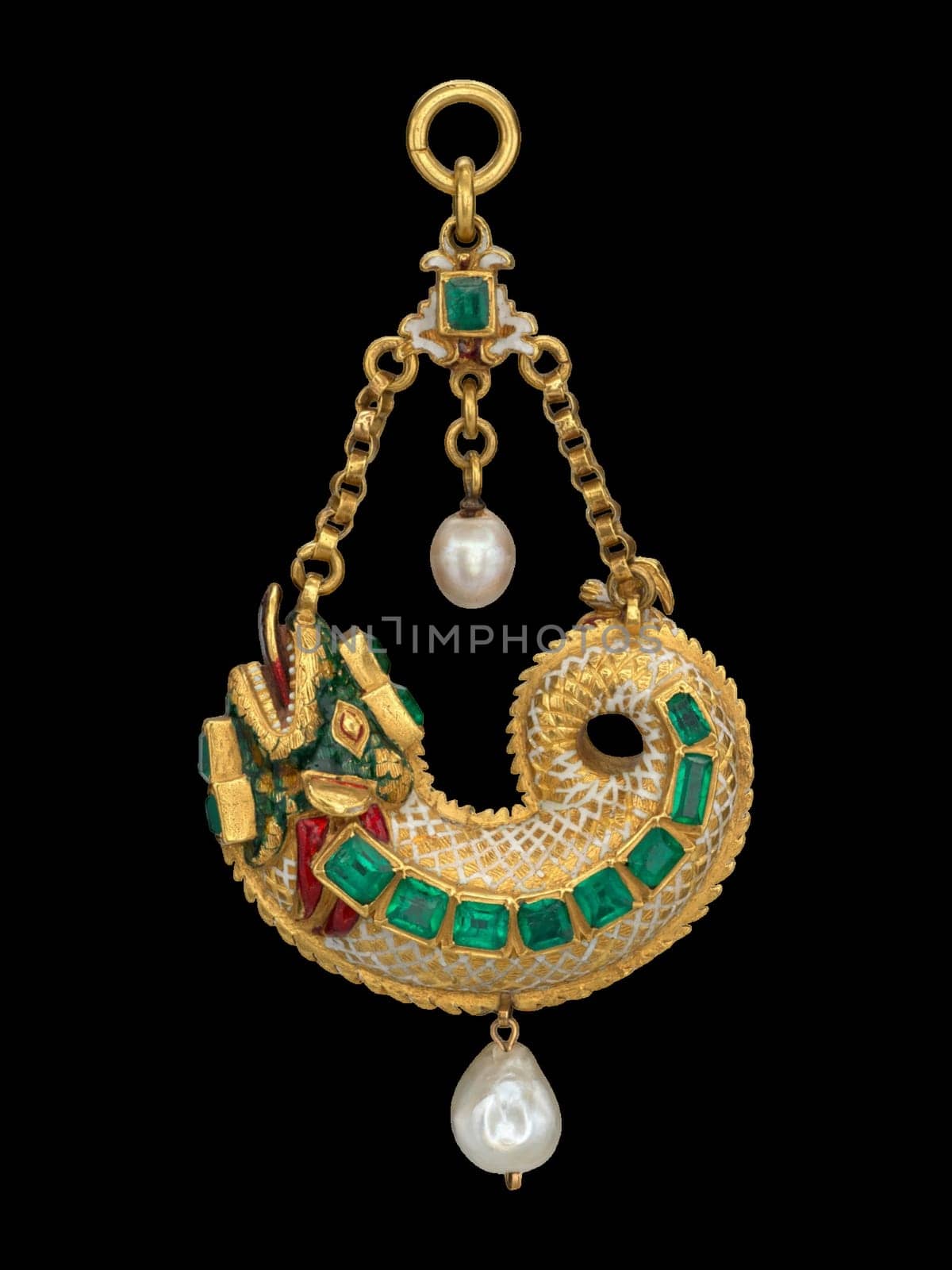
Late 16th Early 17th Century Spanish Dragon Pendant with Emeralds
Stock PhotoUsername
gallofotoResolution
3000x4000pxLate 16th Early 17th Century Spanish Dragon Pendant with Emeralds

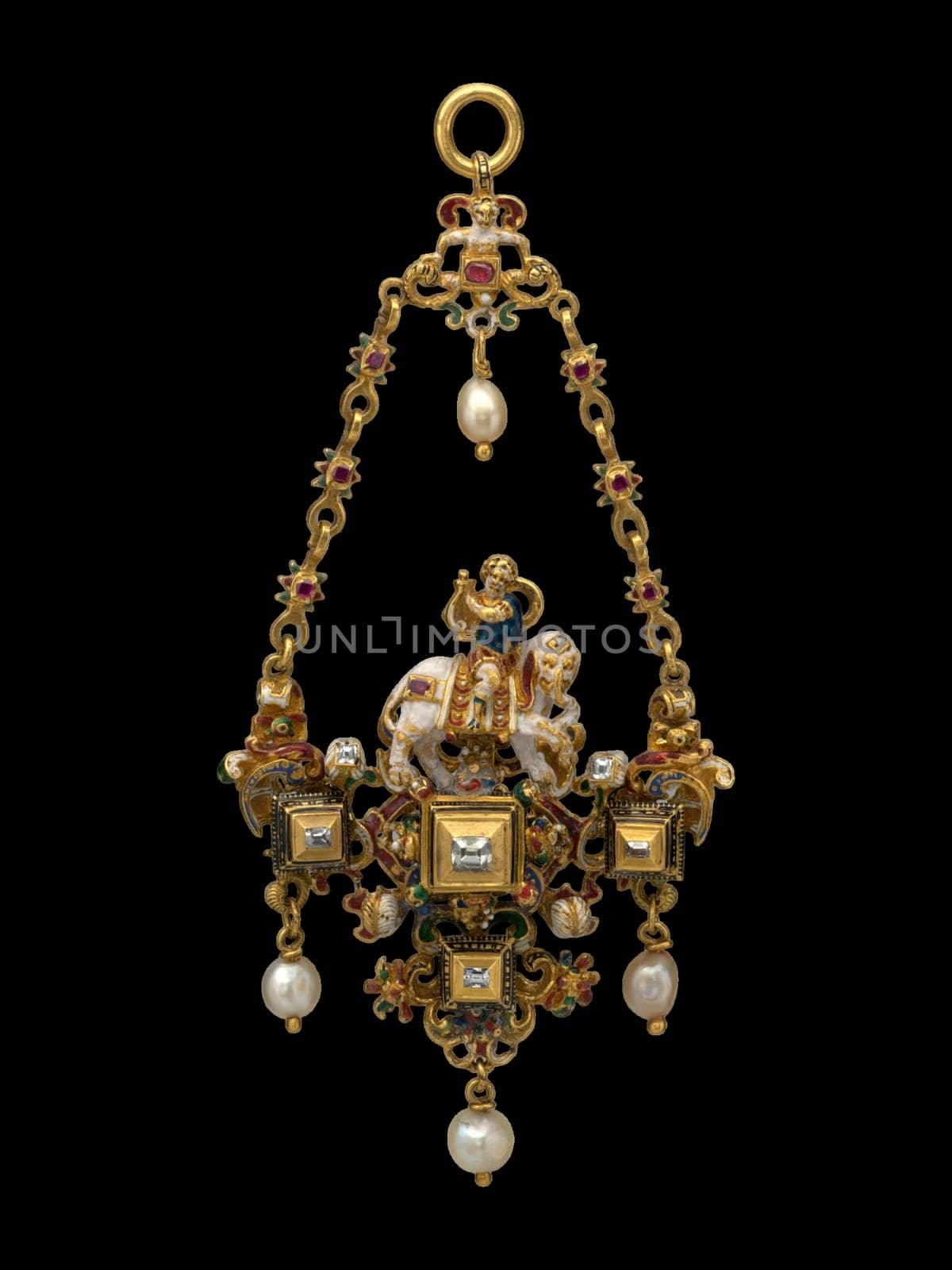
19th Century European Pendant - Youth with Lyre Riding Elephant
Stock PhotoUsername
gallofotoResolution
3000x4000px19th Century European Pendant - Youth with Lyre Riding Elephant

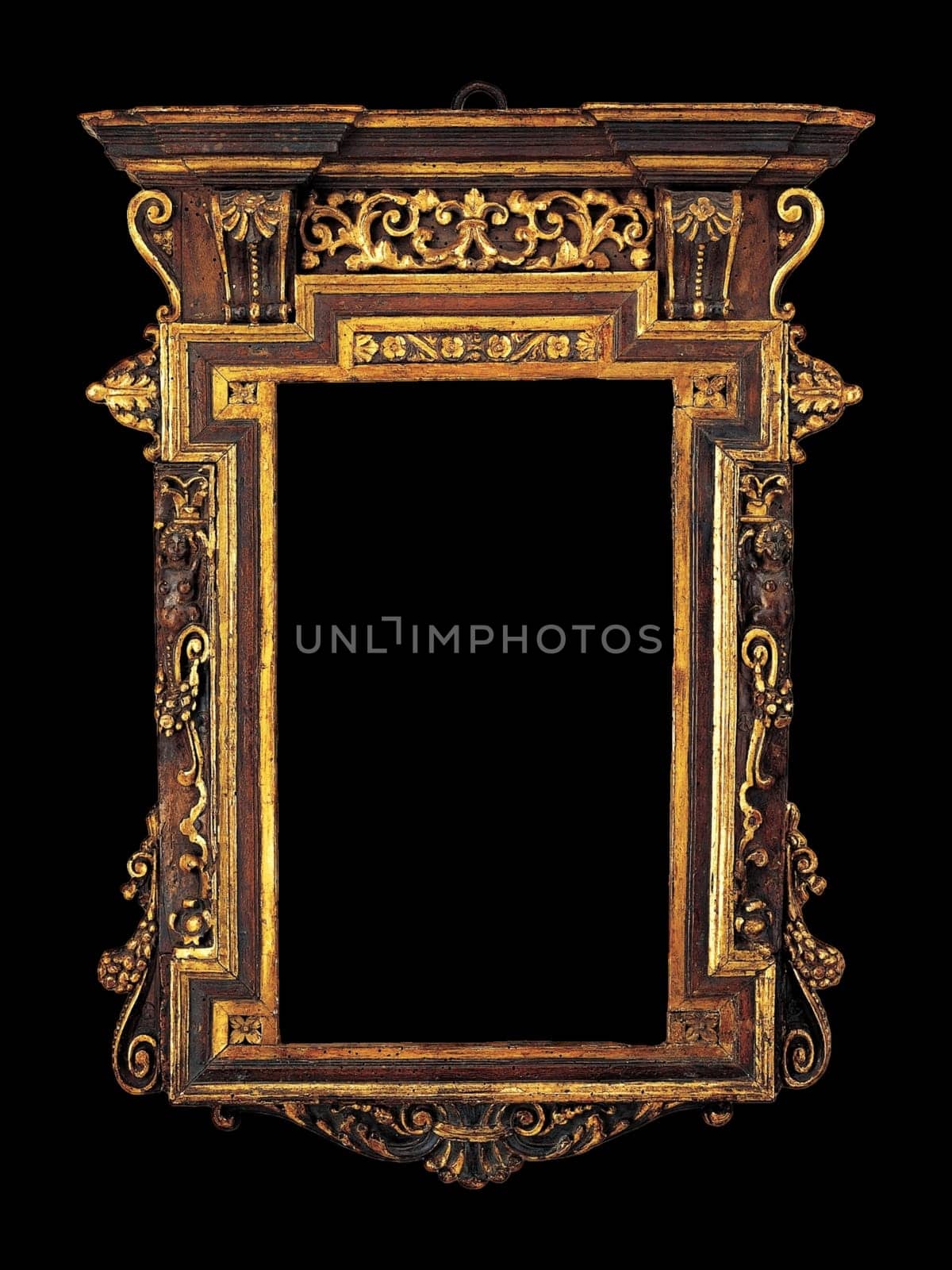
Italian Tabernacle Mirror Frame - South Lombardy Renaissance Decor
Stock PhotoUsername
gallofotoResolution
3000x4000pxItalian Tabernacle Mirror Frame - South Lombardy Renaissance Decor


Ornate Tabernacle Mirror Frame - Antique Religious Decor Detail - 16th Century Style
Stock PhotoUsername
gallofotoResolution
4000x4000pxOrnate Tabernacle Mirror Frame - Antique Religious Decor Detail - 16th Century Style
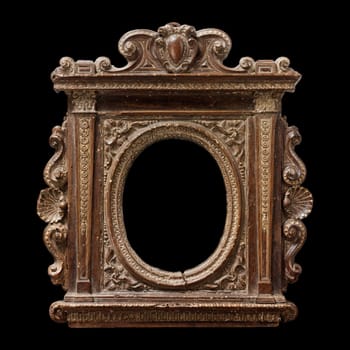

Gilded Tabernacle Frame - Italian Verona Renaissance Detail - Religious Art
Stock PhotoUsername
gallofotoResolution
3000x4000pxGilded Tabernacle Frame - Italian Verona Renaissance Detail - Religious Art
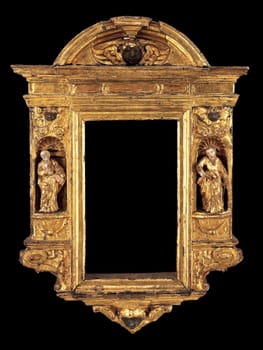
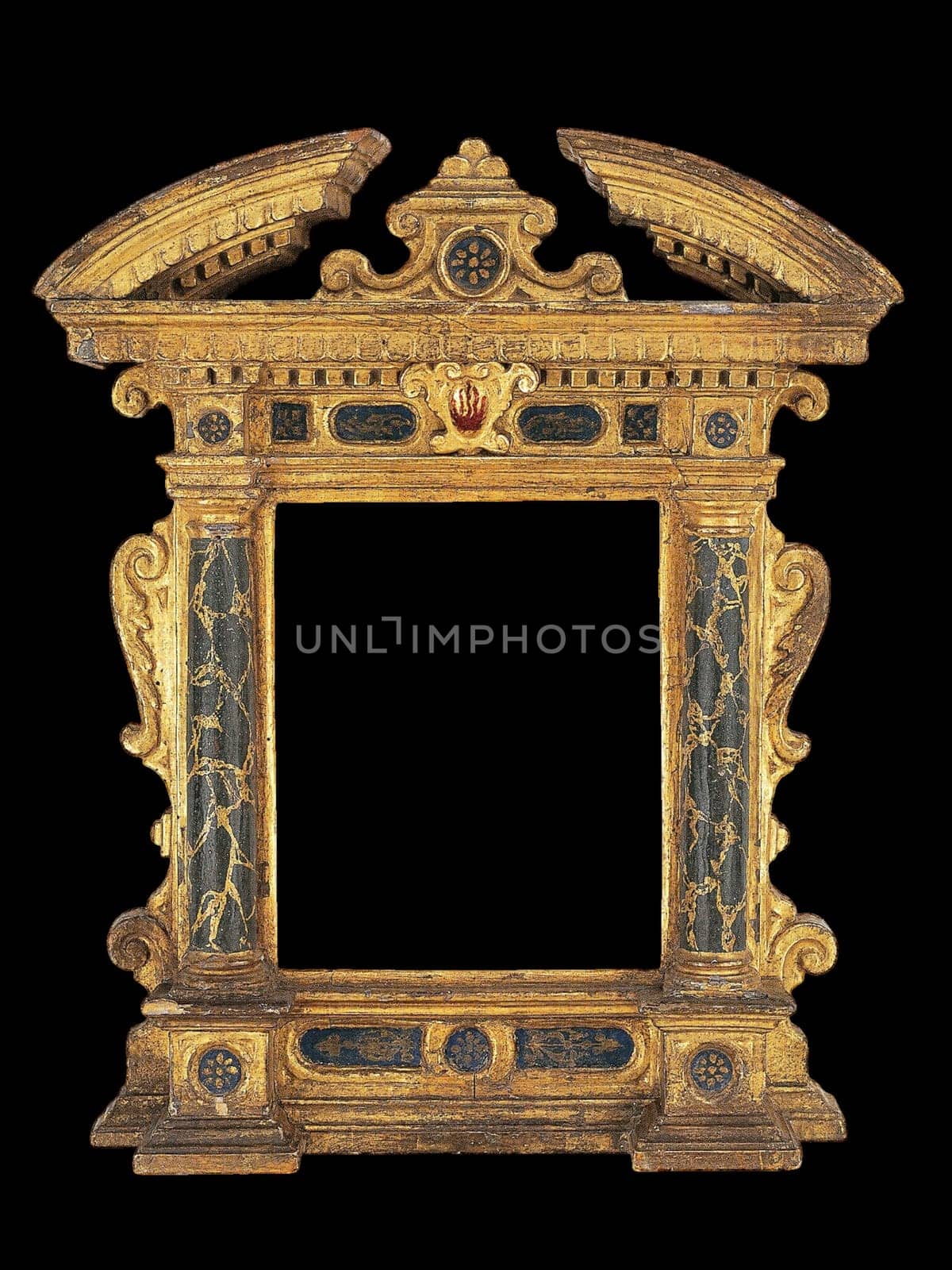
Early 17th Century Tabernacle Frame - Italian Marches Detail - Antique Art
Stock PhotoUsername
gallofotoResolution
3000x4000pxEarly 17th Century Tabernacle Frame - Italian Marches Detail - Antique Art

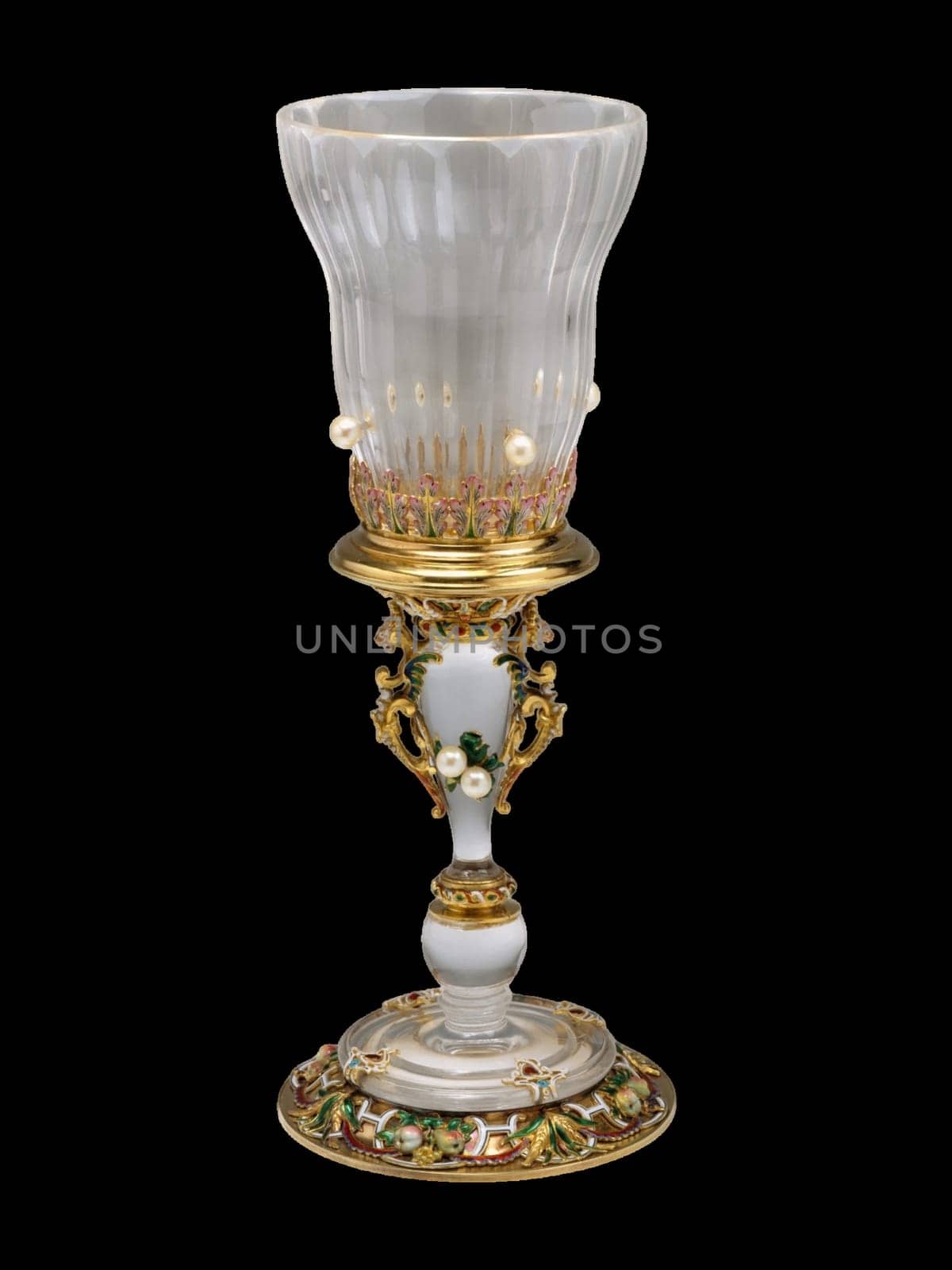
Ornate Crystal Standing Cup - 19th Century French Decorative Art Elegance
Editorial LicenseUsername
gallofotoResolution
3000x4000pxOrnate Crystal Standing Cup - 19th Century French Decorative Art Elegance

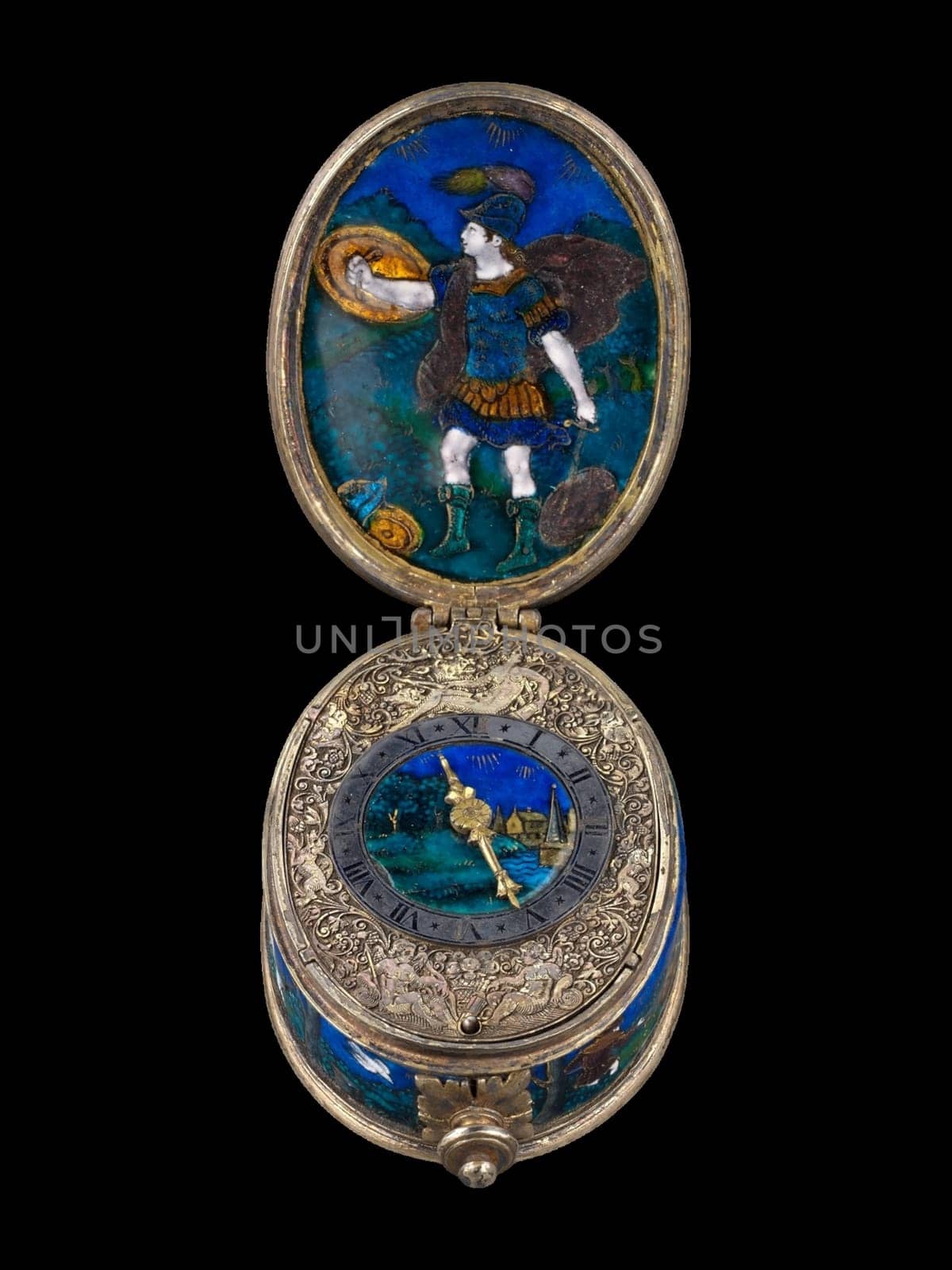
17th Century Enamel Watch by Suzanne de Court - Historical Timepiece
Editorial LicenseUsername
gallofotoResolution
3000x4000px17th Century Enamel Watch by Suzanne de Court - Historical Timepiece

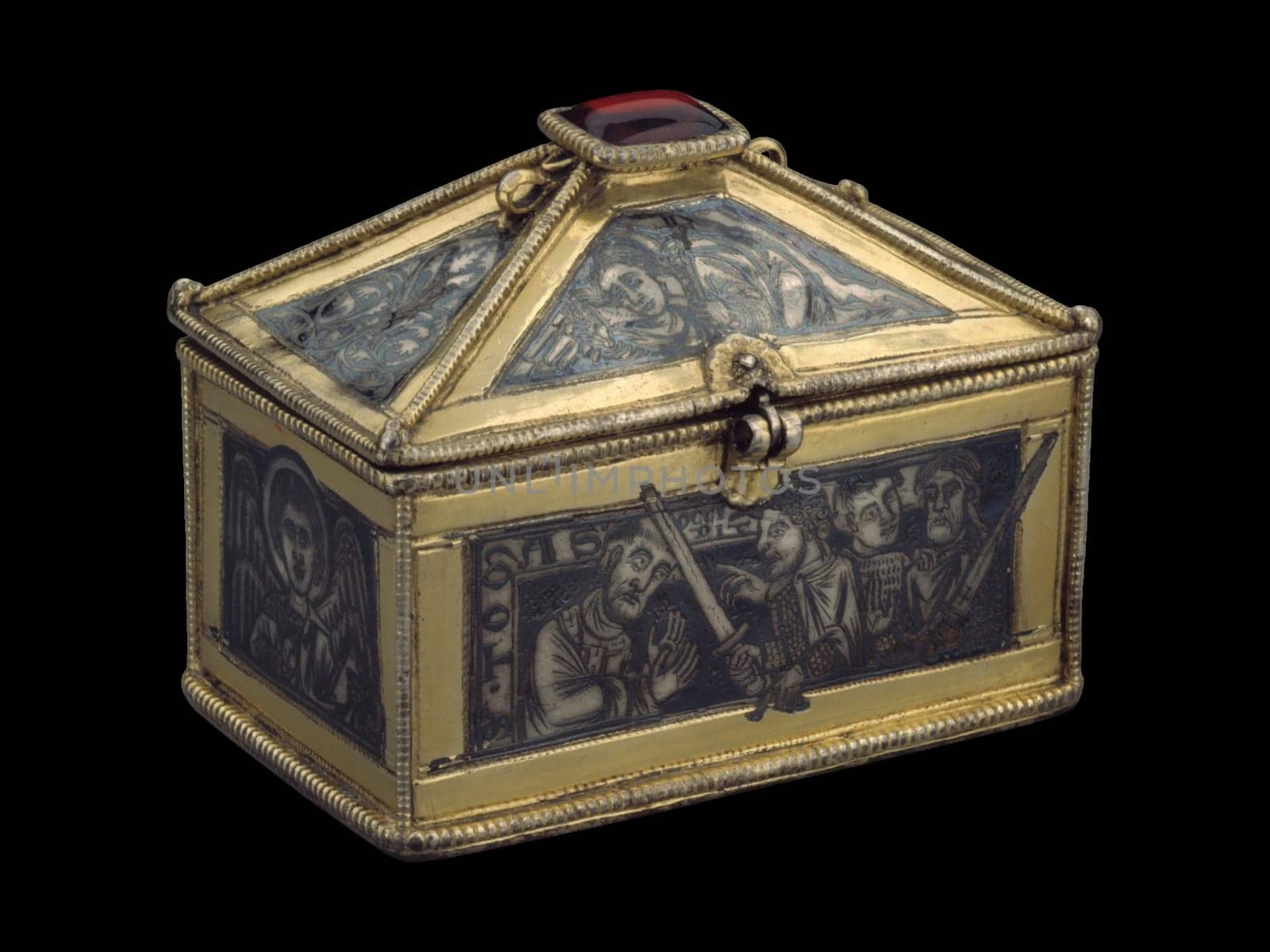
Medieval St. Thomas Becket Reliquary - 12th Century British Art
Editorial LicenseUsername
gallofotoResolution
4000x3000pxMedieval St. Thomas Becket Reliquary - 12th Century British Art

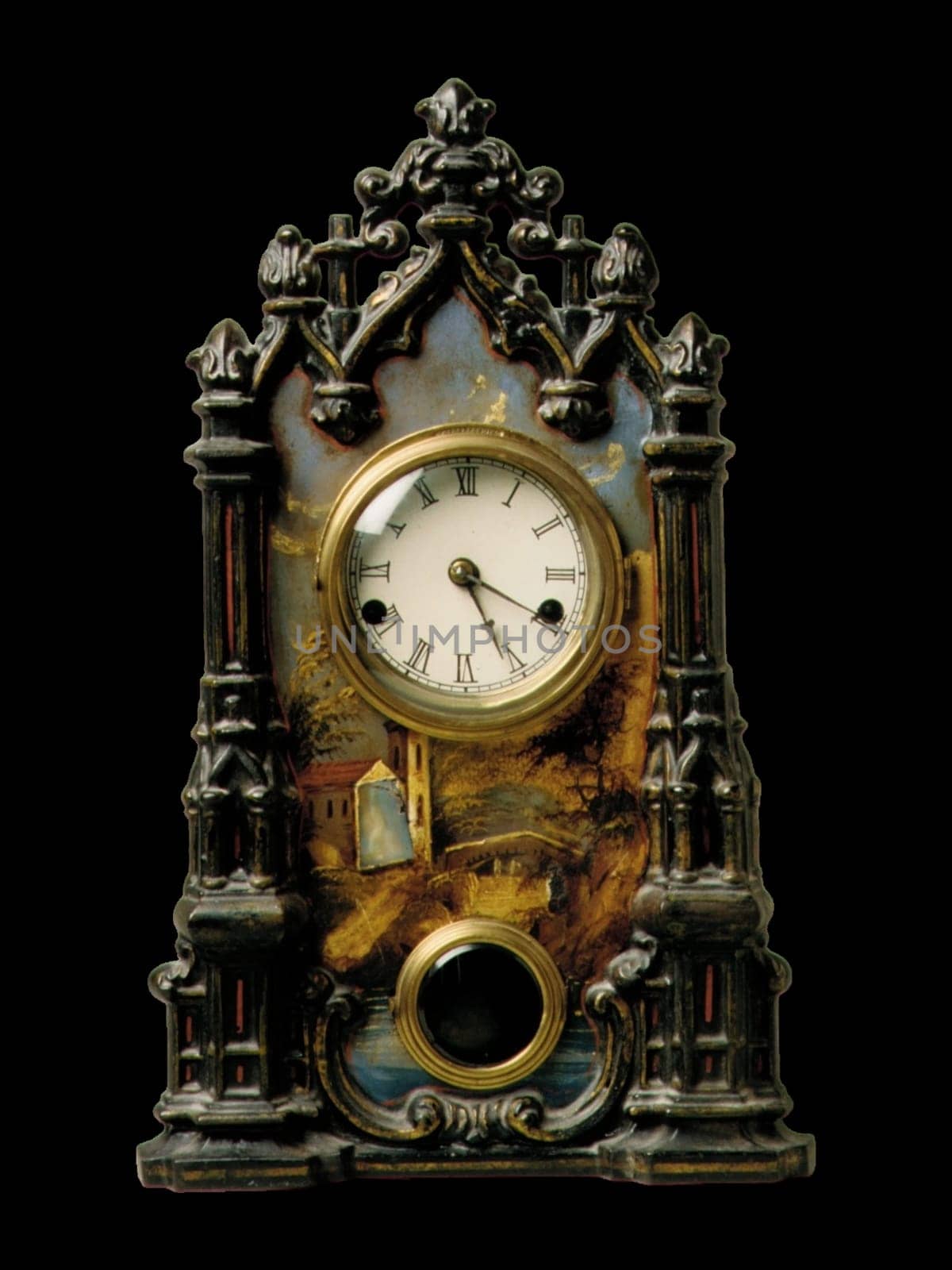
Antique American Mantel Clock - 1849 Gothic Revival Design
Editorial LicenseUsername
gallofotoResolution
3000x4000pxAntique American Mantel Clock - 1849 Gothic Revival Design

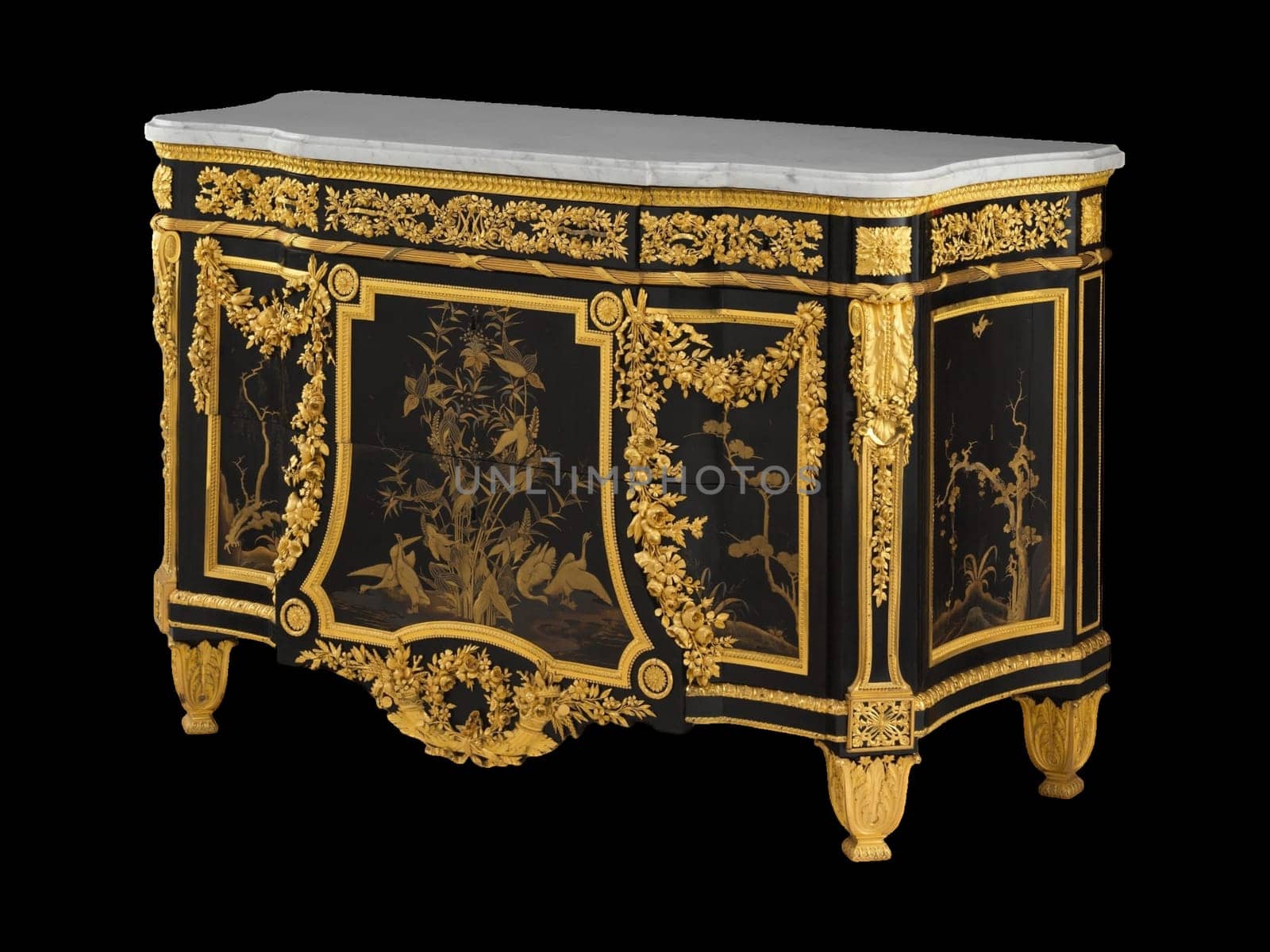
Jean-Henri Riesener Commode - 1783 Louis XVI Style Elegance
Editorial LicenseUsername
gallofotoResolution
4000x3000pxJean-Henri Riesener Commode - 1783 Louis XVI Style Elegance

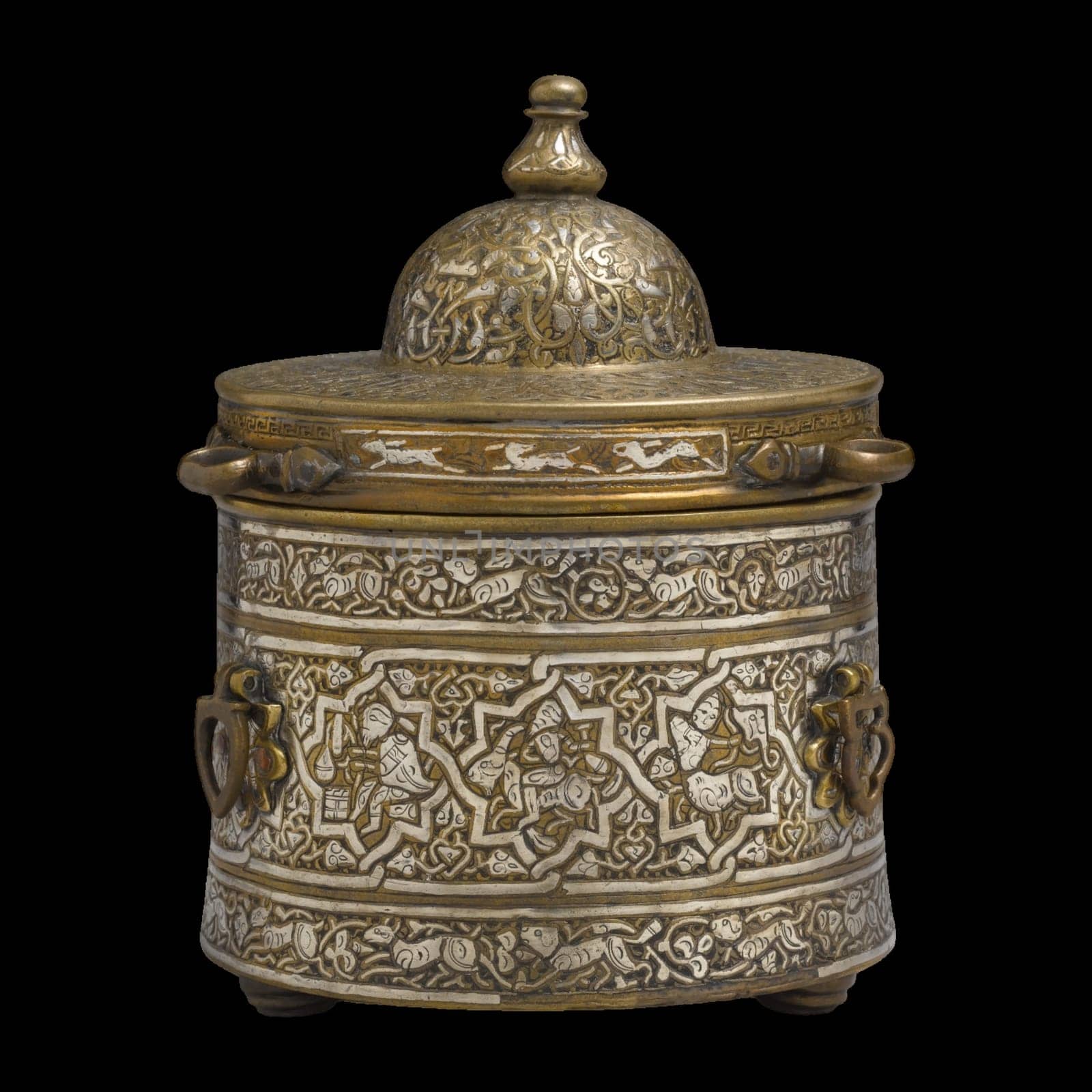
13th Century Inkwell with Zodiac Signs - Medieval Islamic Art
Editorial LicenseUsername
gallofotoResolution
4000x4000px13th Century Inkwell with Zodiac Signs - Medieval Islamic Art

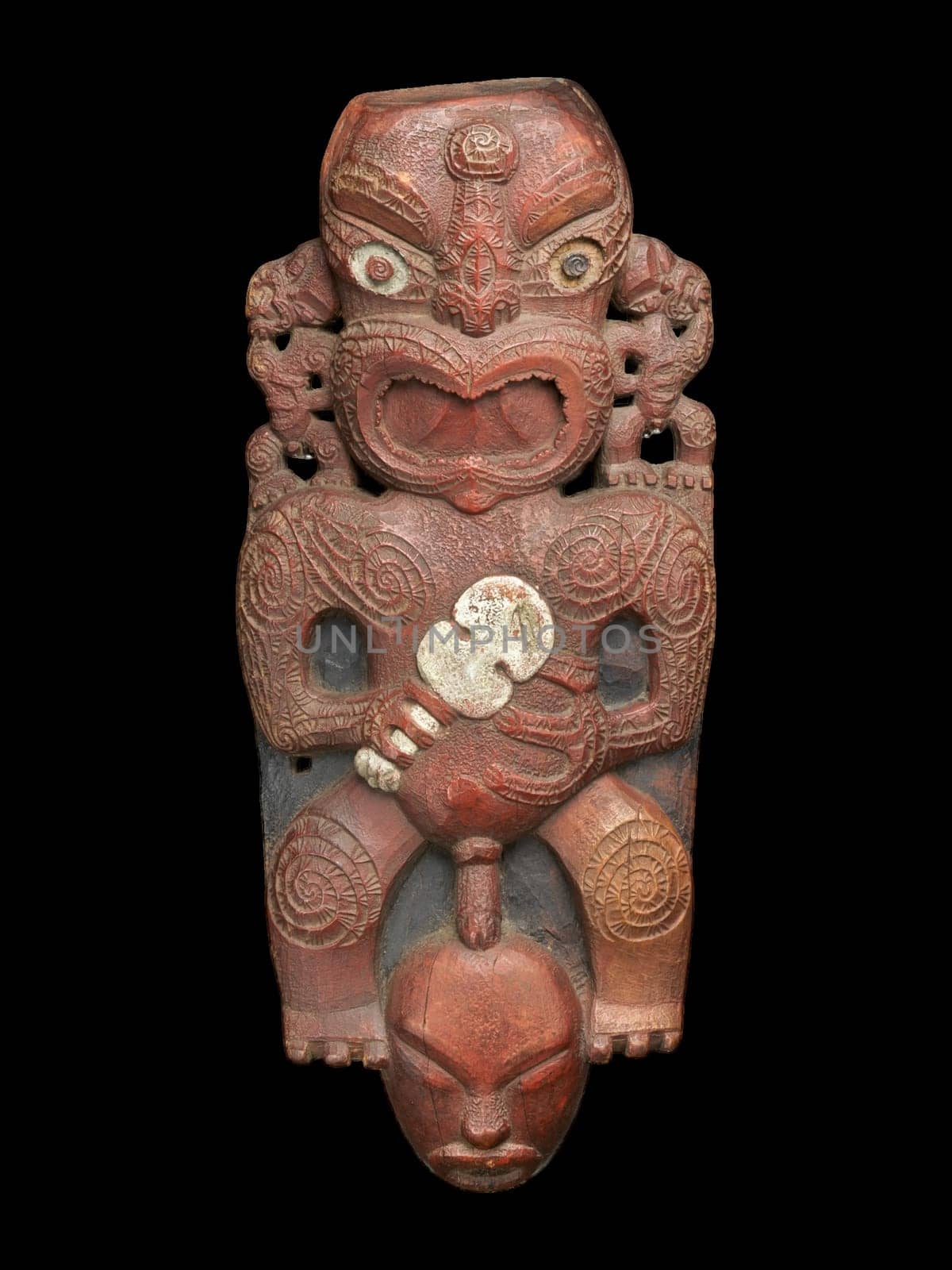
Maori Tekoteko Gable Figure - 1820s Tribal Art from Te Arawa
Editorial LicenseUsername
gallofotoResolution
3000x4000pxMaori Tekoteko Gable Figure - 1820s Tribal Art from Te Arawa

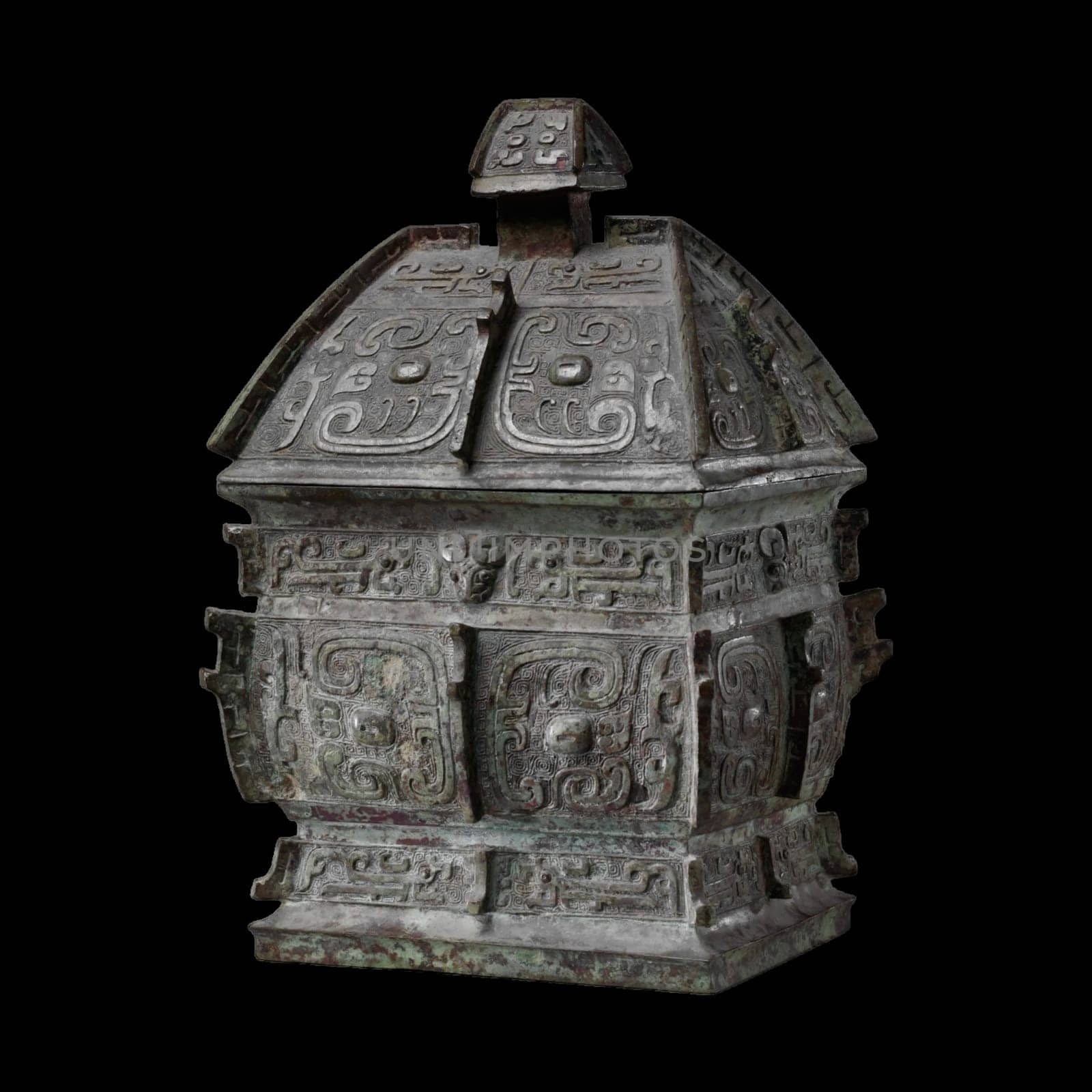
Ancient Chinese Bronze Fangyi - Mid-10th Century BCE Ritual Vessel
Editorial LicenseUsername
gallofotoResolution
4000x4000pxAncient Chinese Bronze Fangyi - Mid-10th Century BCE Ritual Vessel

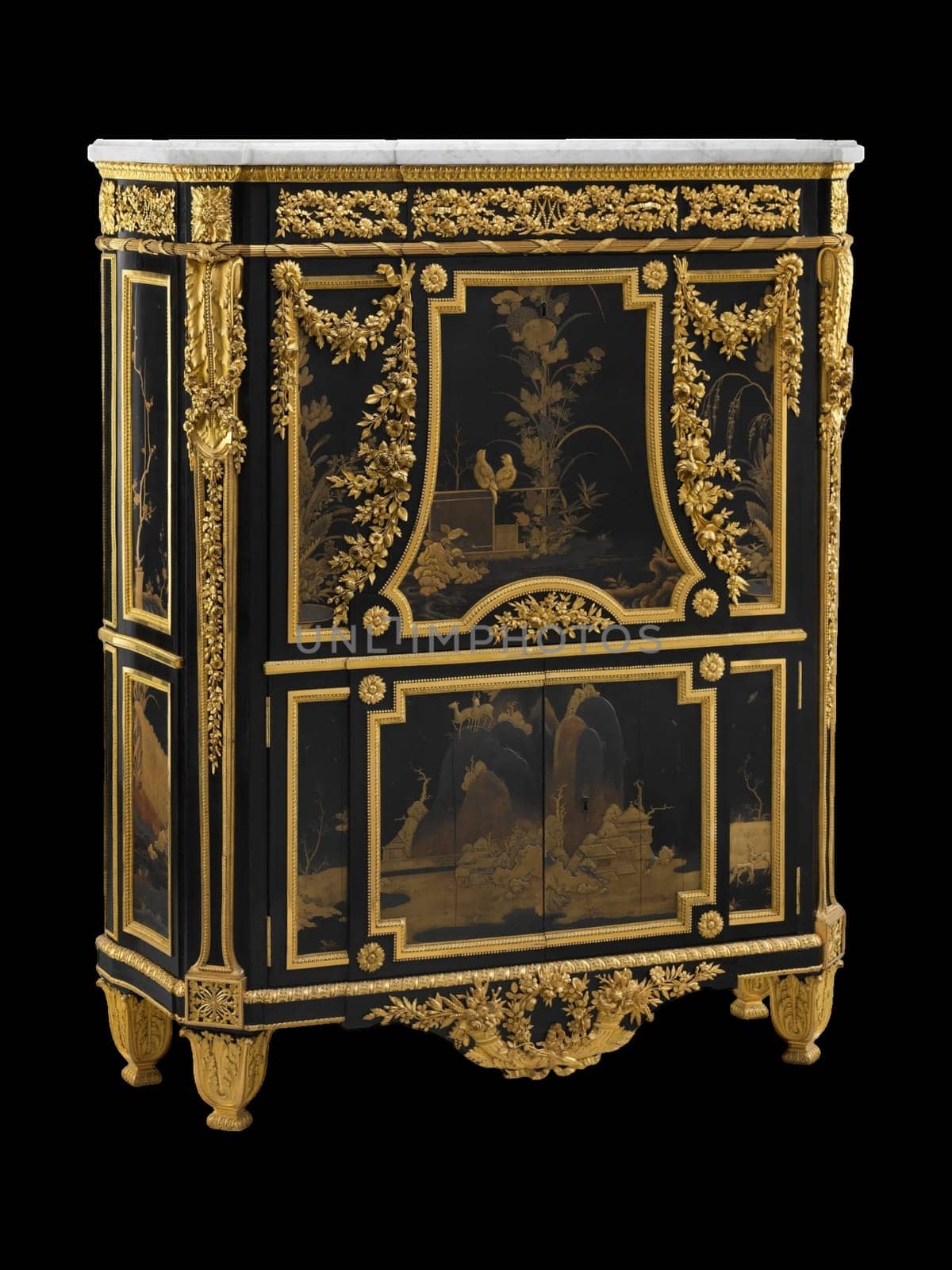
Jean-Henri Riesener Drop-Front Secretary - 1783 French Neoclassical
Editorial LicenseUsername
gallofotoResolution
3000x4000pxJean-Henri Riesener Drop-Front Secretary - 1783 French Neoclassical

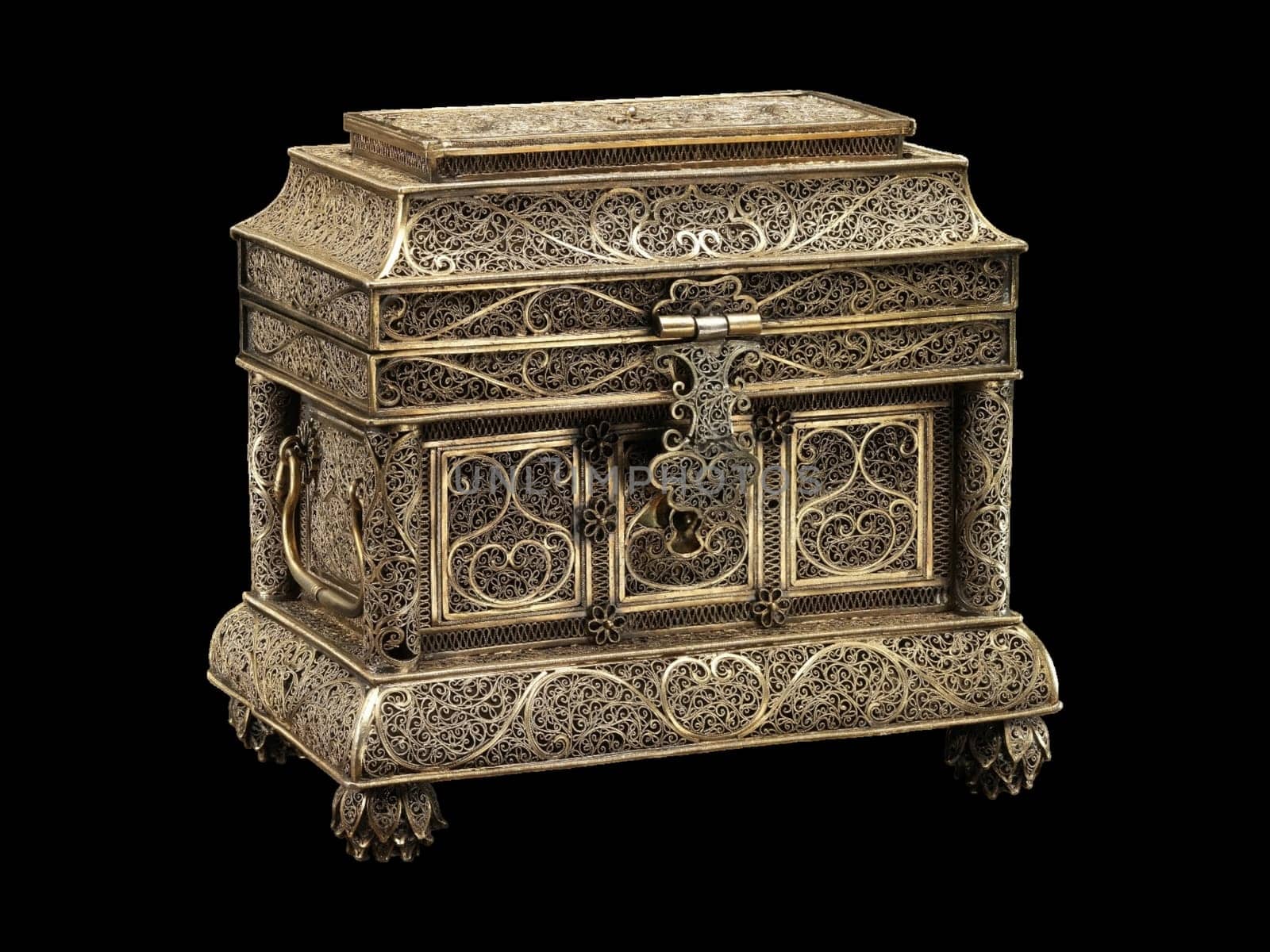
17th Century Silver Filigree Casket - Delicate Antique Craftsmanship
Editorial LicenseUsername
gallofotoResolution
4000x3000px17th Century Silver Filigree Casket - Delicate Antique Craftsmanship


Ancient Chinese Ritual Wine Container - Bronze Age Shang Dynasty
Editorial LicenseUsername
gallofotoResolution
4000x4000pxAncient Chinese Ritual Wine Container - Bronze Age Shang Dynasty
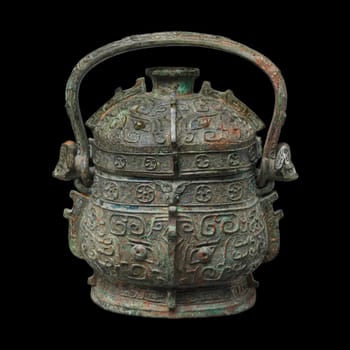
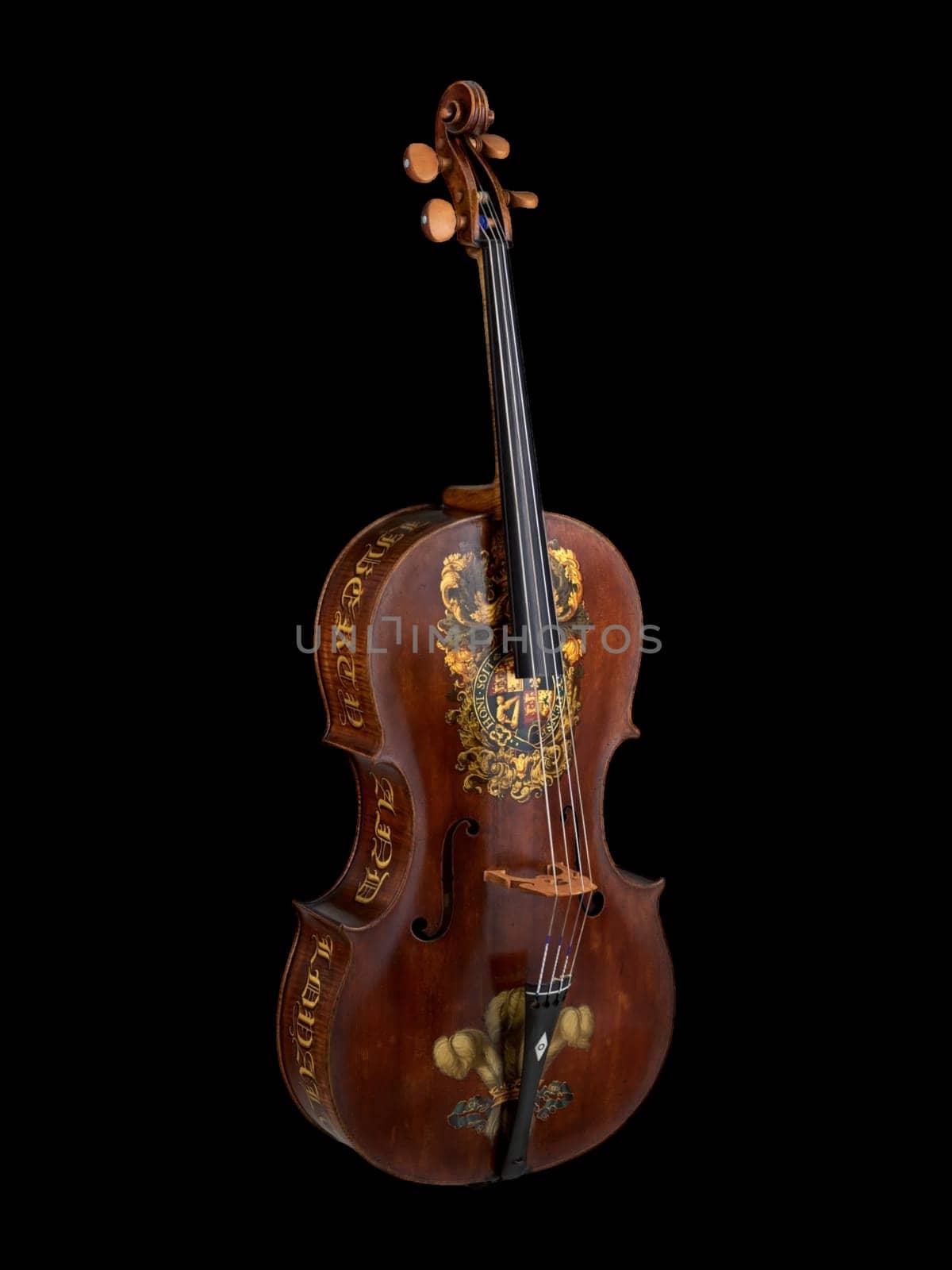
1782 "Royal George" Cello by William Forster - Antique Musical Instrument
Editorial LicenseUsername
gallofotoResolution
3000x4000px1782 "Royal George" Cello by William Forster - Antique Musical Instrument

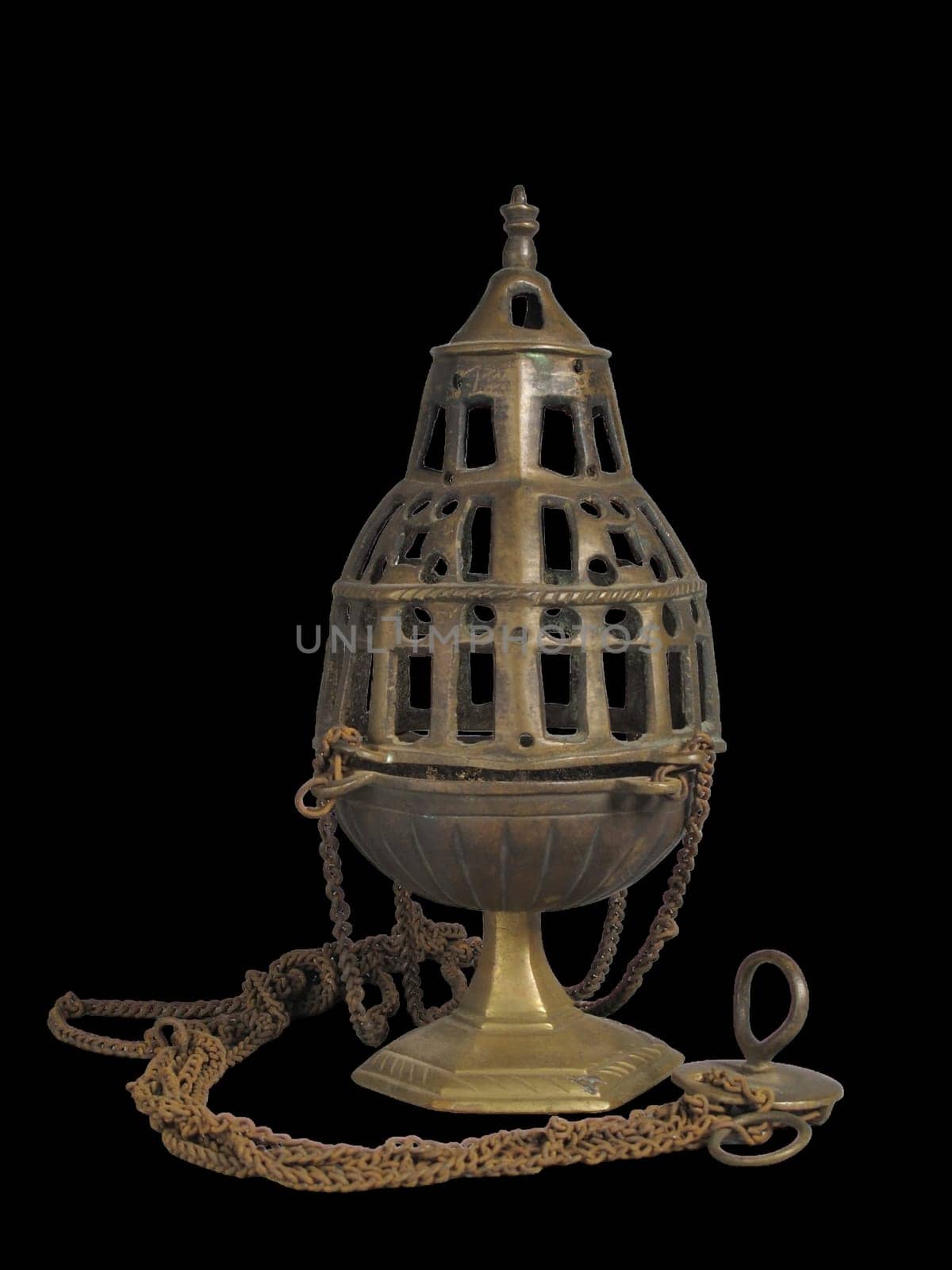
16th Century South Netherlandish Censer - Ornate Metal Incense Burner
Editorial LicenseUsername
gallofotoResolution
3000x4000px16th Century South Netherlandish Censer - Ornate Metal Incense Burner

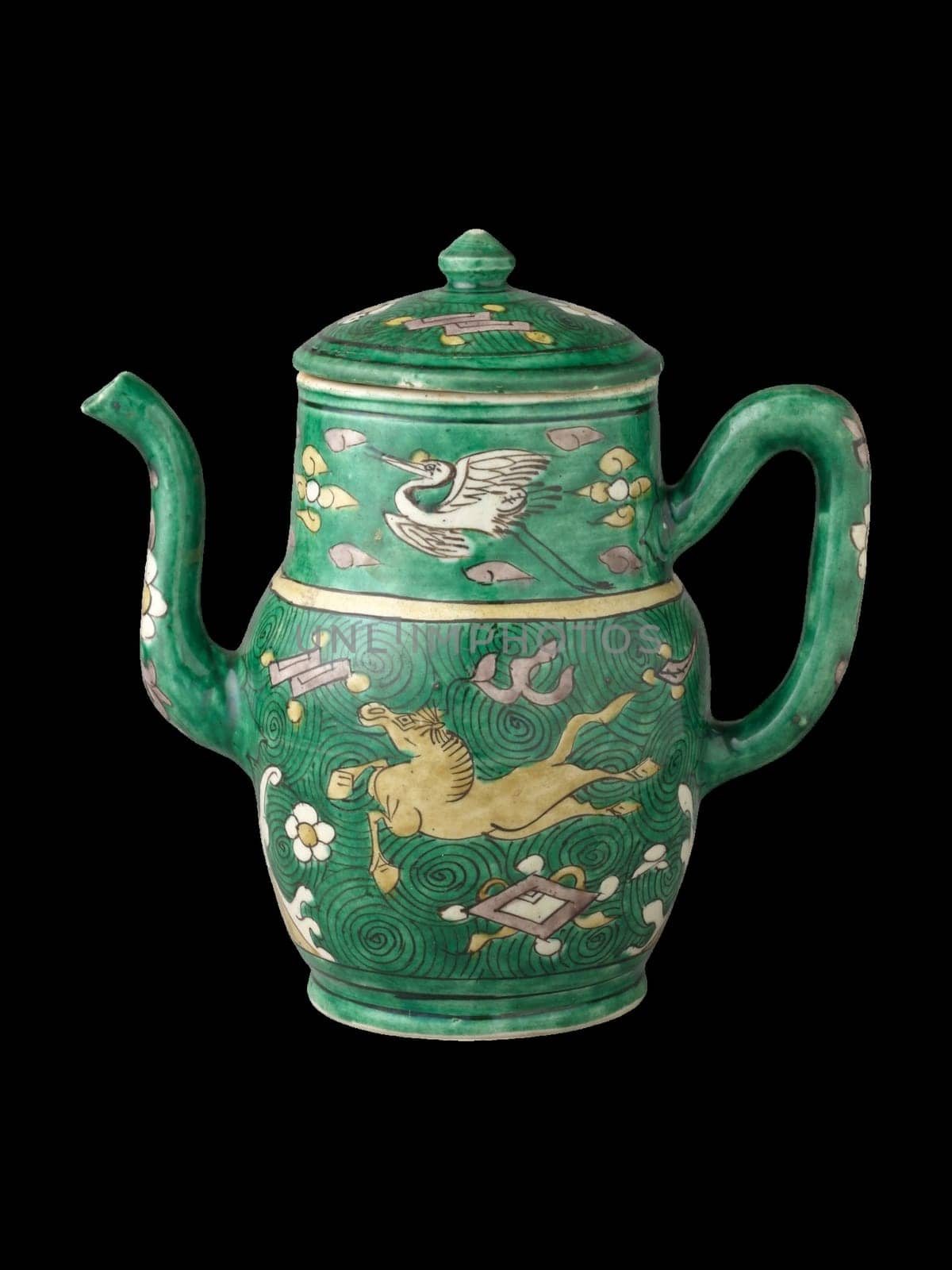
Antique Chinese Green Ceramic Ewer - Qing Dynasty Porcelain Teapot
Editorial LicenseUsername
gallofotoResolution
3000x4000pxAntique Chinese Green Ceramic Ewer - Qing Dynasty Porcelain Teapot

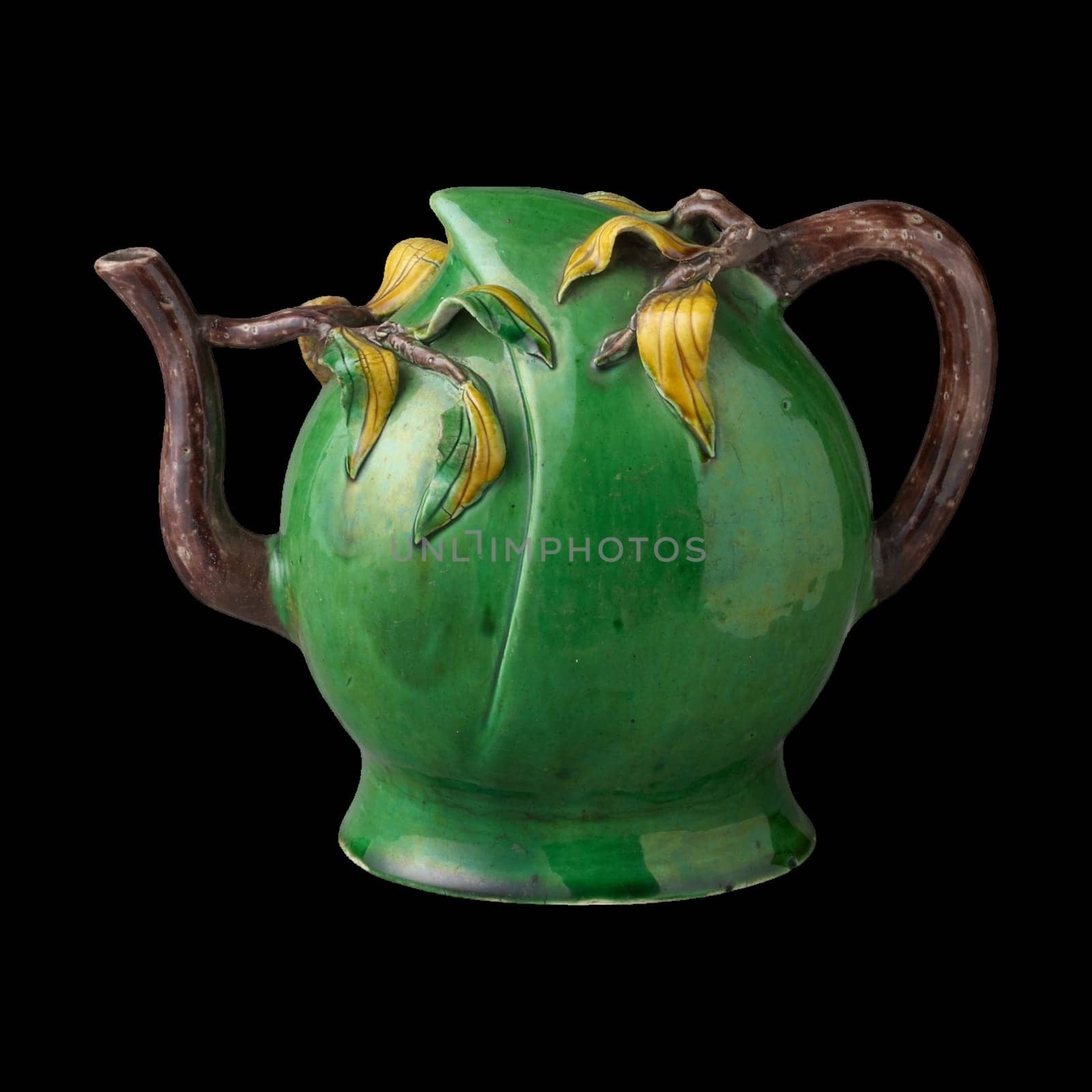
Antique Peach-Shaped Tea Pot - Chinese Porcelain - Decorative Art
Editorial LicenseUsername
gallofotoResolution
4000x4000pxAntique Peach-Shaped Tea Pot - Chinese Porcelain - Decorative Art

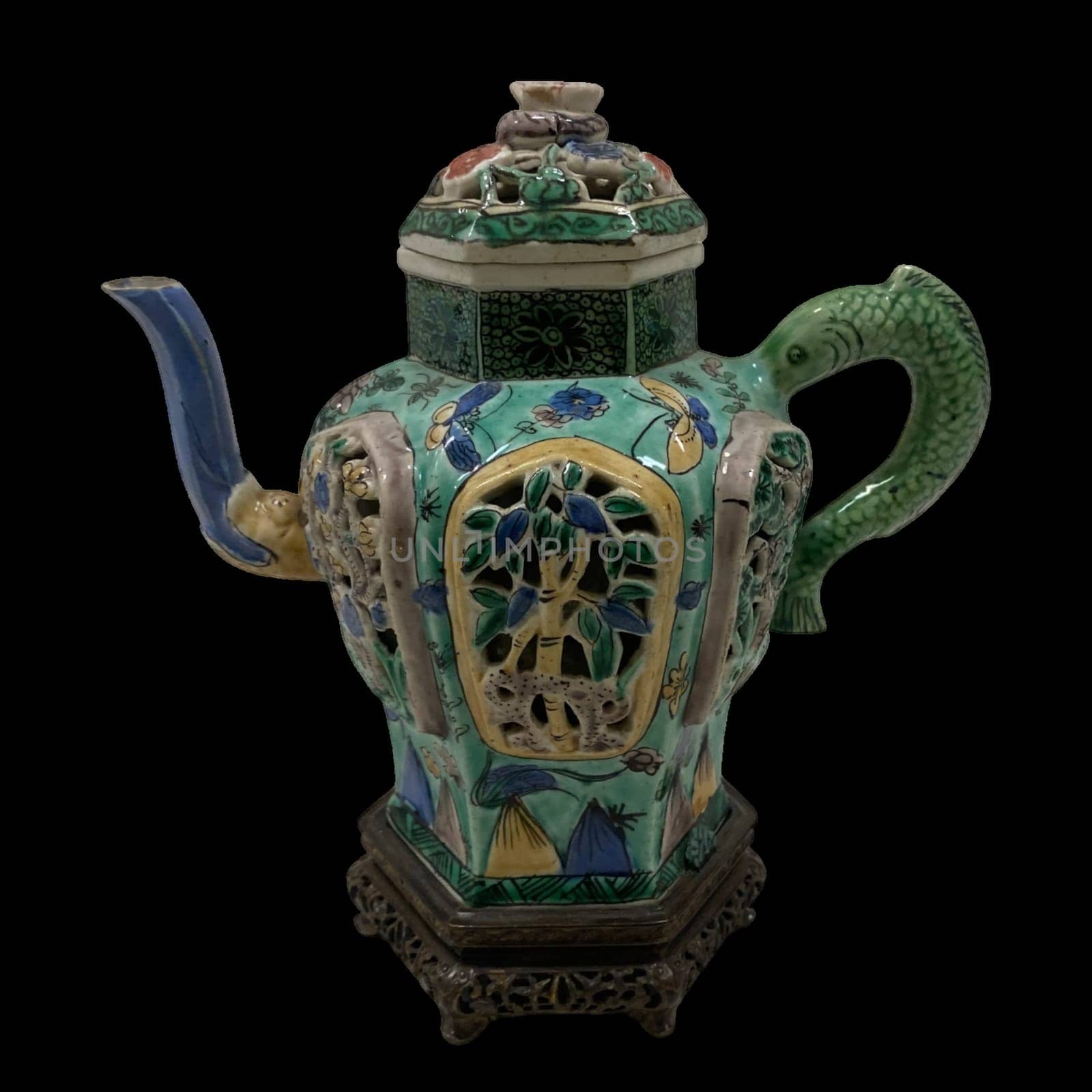
Early 18th Century Chinese Wine Pot - Famille Verte Porcelain - Antique
Editorial LicenseUsername
gallofotoResolution
4000x4000pxEarly 18th Century Chinese Wine Pot - Famille Verte Porcelain - Antique

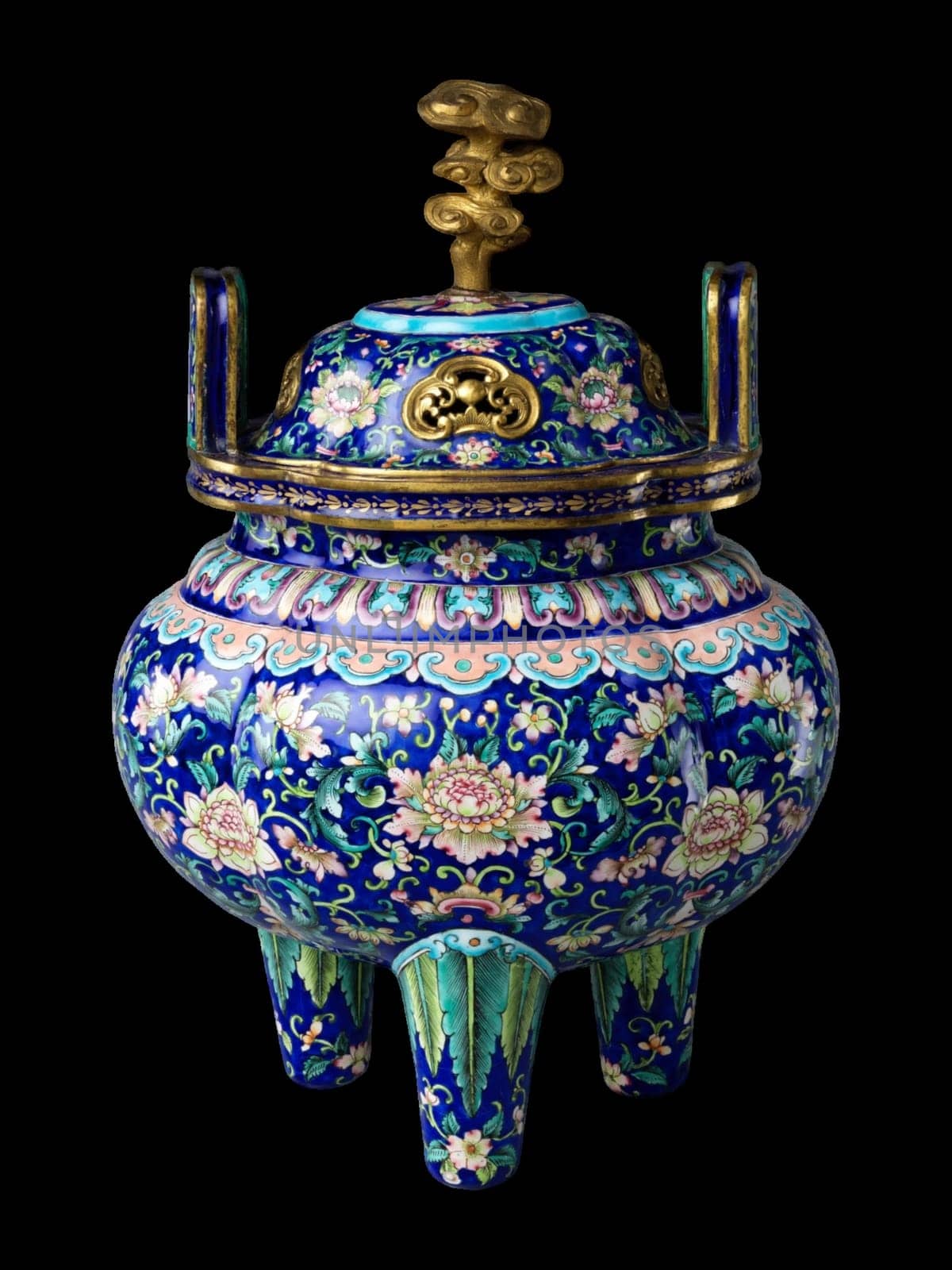
Qing Dynasty Blue and Gold Enamel Censer - 18th Century Chinese Art
Editorial LicenseUsername
gallofotoResolution
3000x4000pxQing Dynasty Blue and Gold Enamel Censer - 18th Century Chinese Art

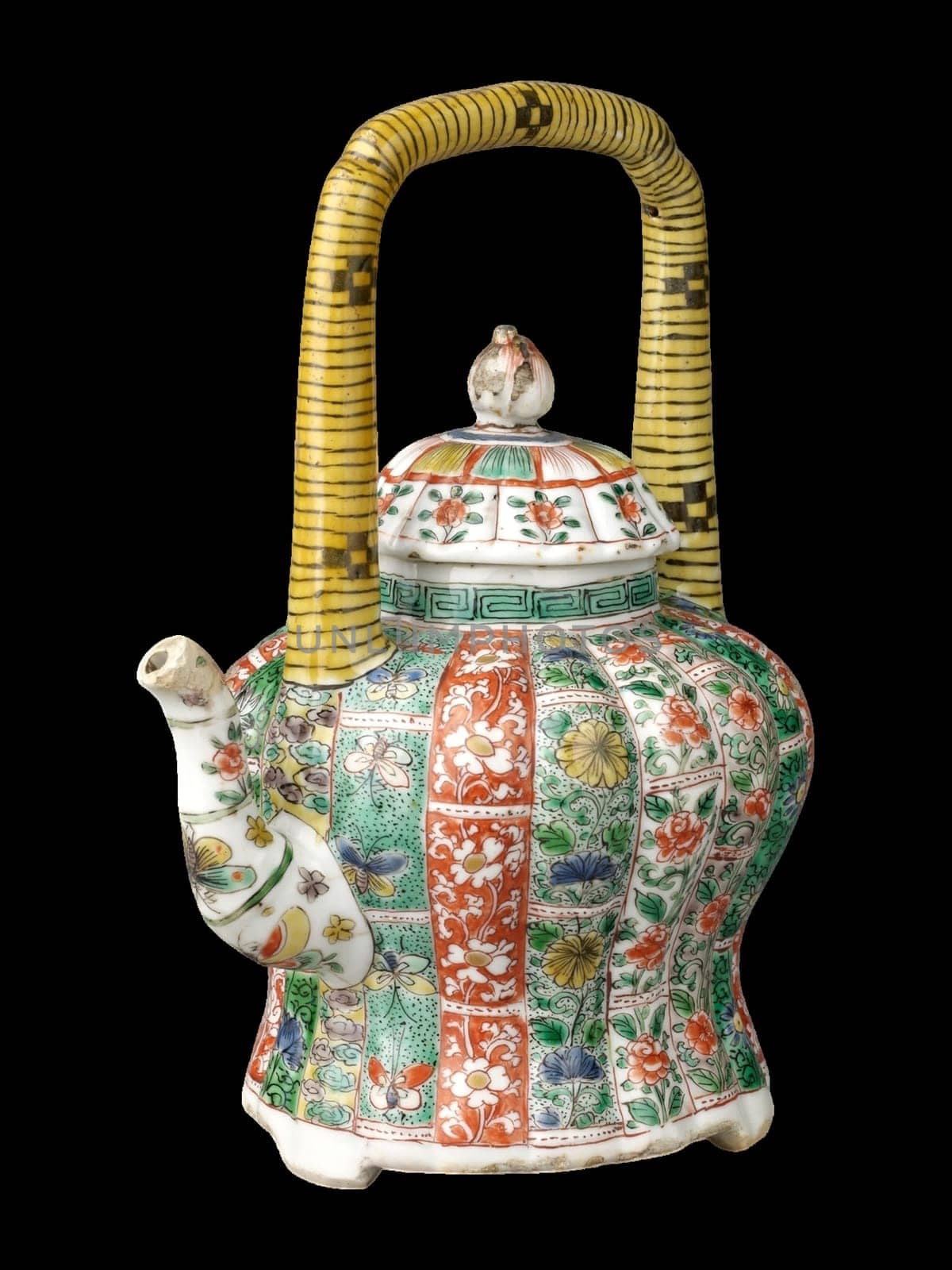
Ornate Chinese Covered Teapot - Qing Dynasty Porcelain - Decorative Object
Editorial LicenseUsername
gallofotoResolution
3000x4000pxOrnate Chinese Covered Teapot - Qing Dynasty Porcelain - Decorative Object

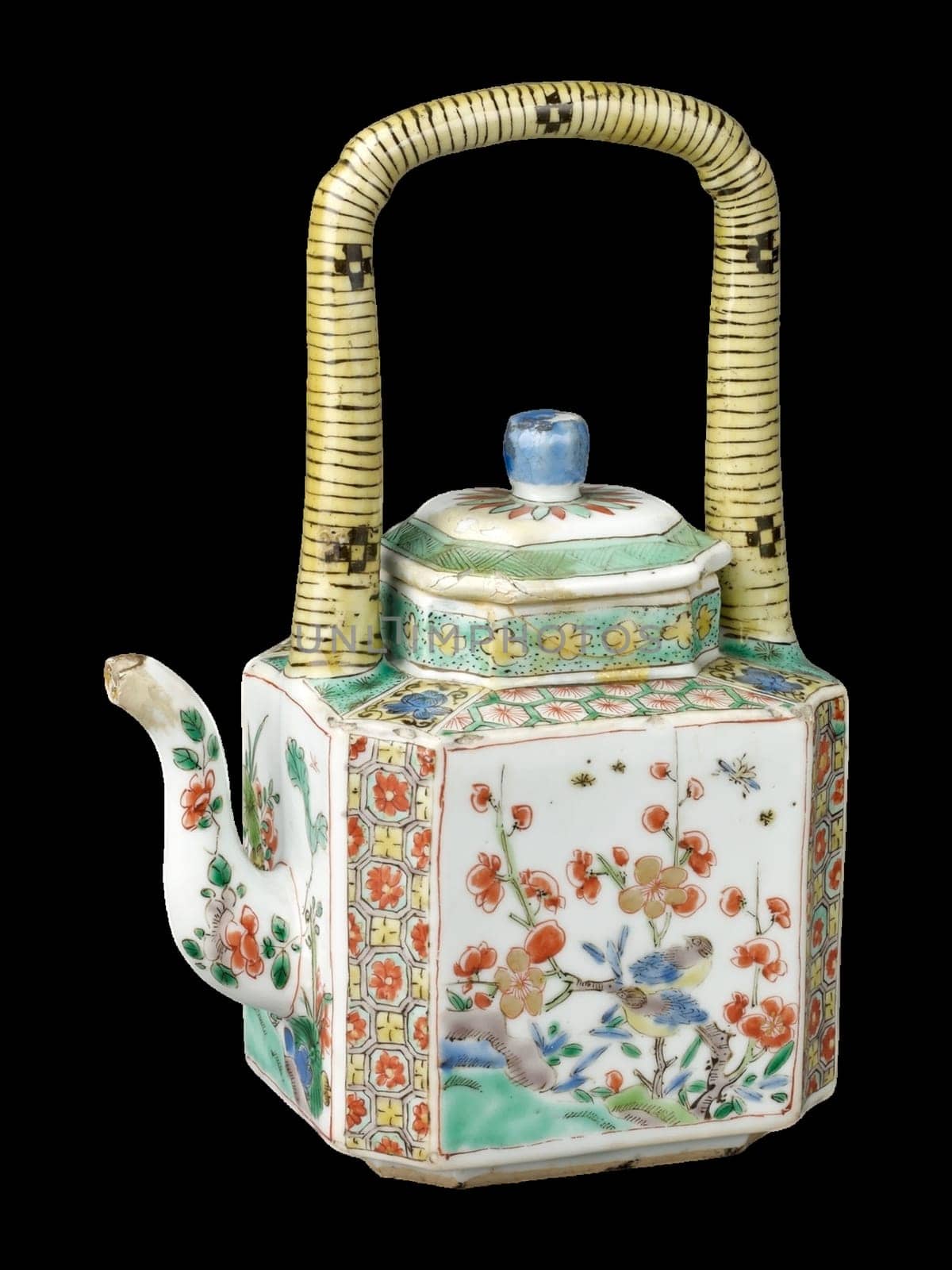
Antique Chinese Octagonal Teapot - Qing Dynasty Porcelain - Collectible Art
Editorial LicenseUsername
gallofotoResolution
3000x4000pxAntique Chinese Octagonal Teapot - Qing Dynasty Porcelain - Collectible Art

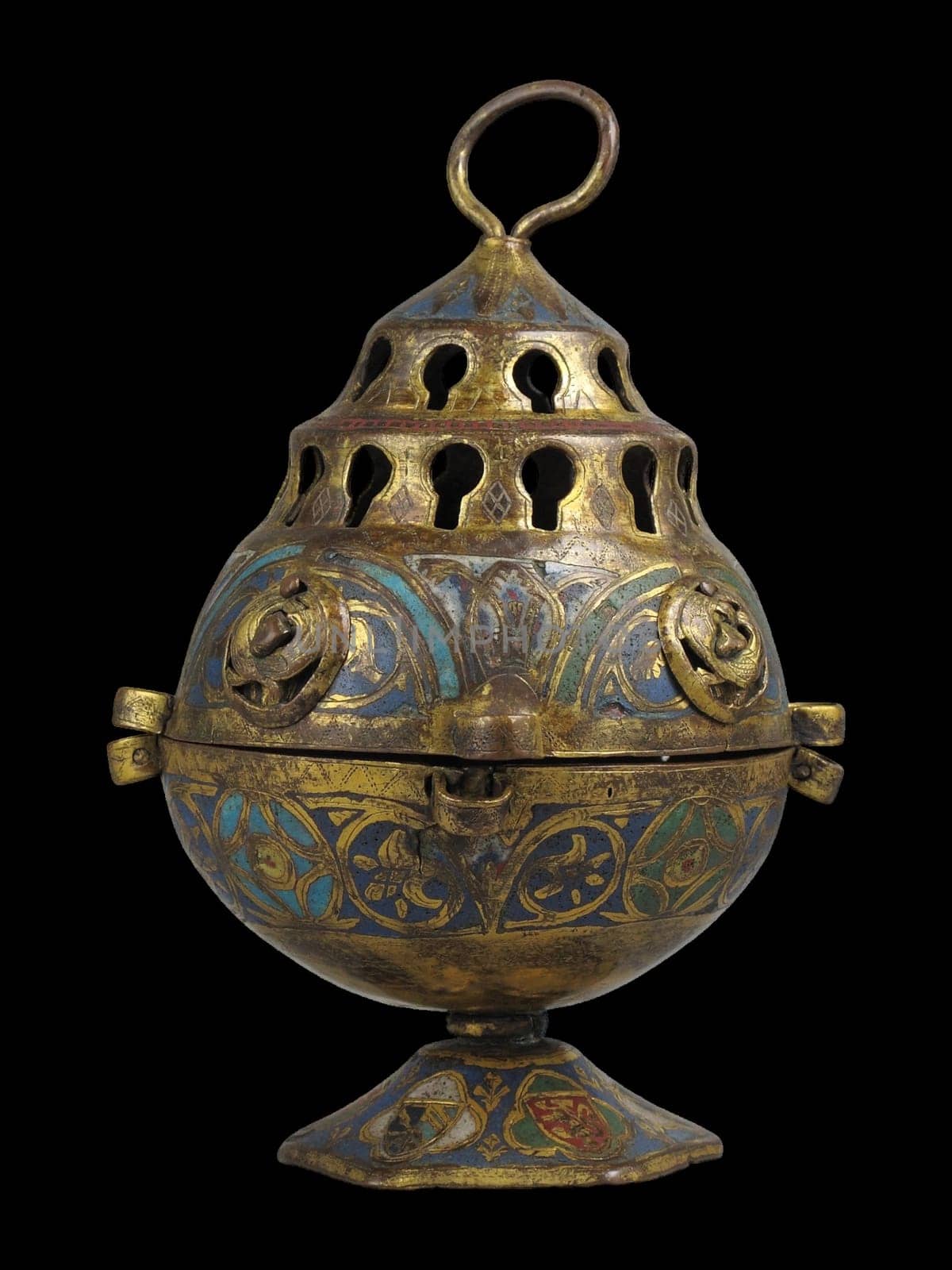
13th Century French Bronze Censer - Medieval Religious Artifact
Editorial LicenseUsername
gallofotoResolution
3000x4000px13th Century French Bronze Censer - Medieval Religious Artifact

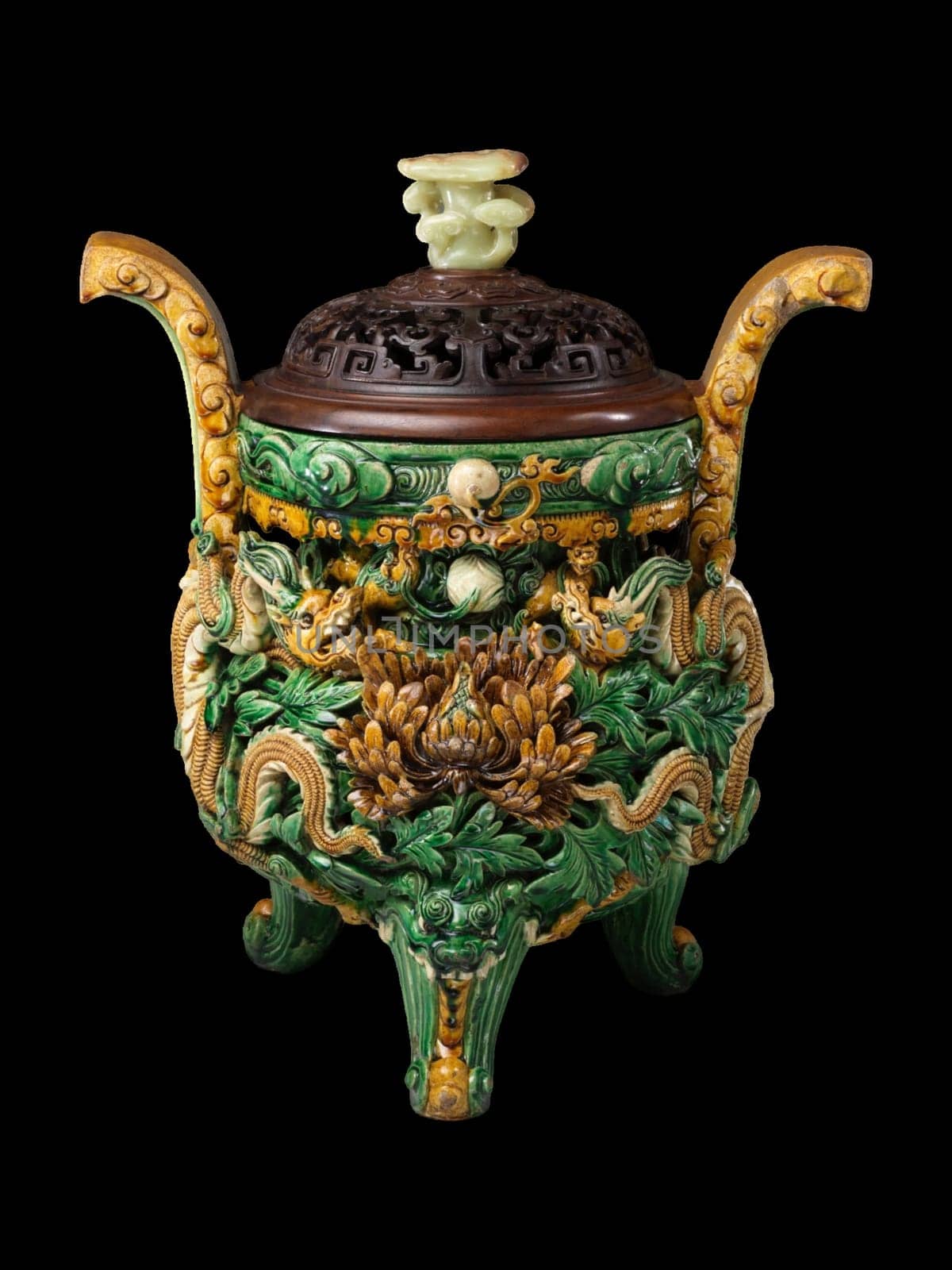
Ornate Chinese Glazed Censer - 16th Century Temple Ritual Object
Editorial LicenseUsername
gallofotoResolution
3000x4000pxOrnate Chinese Glazed Censer - 16th Century Temple Ritual Object

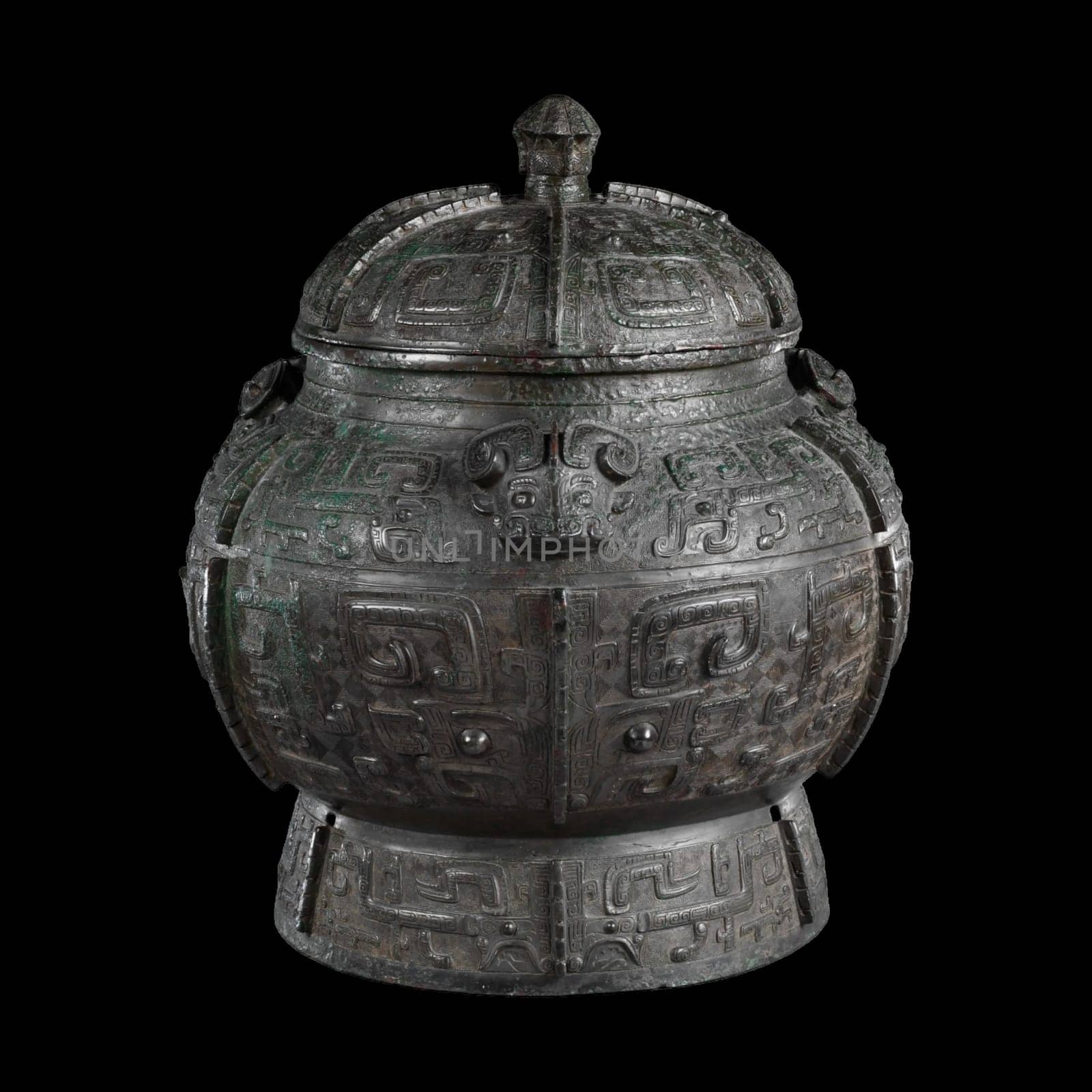
Ancient Chinese Bronze Pou - Shang Dynasty Wine Container - Ritual Vessel
Editorial LicenseUsername
gallofotoResolution
4000x4000pxAncient Chinese Bronze Pou - Shang Dynasty Wine Container - Ritual Vessel

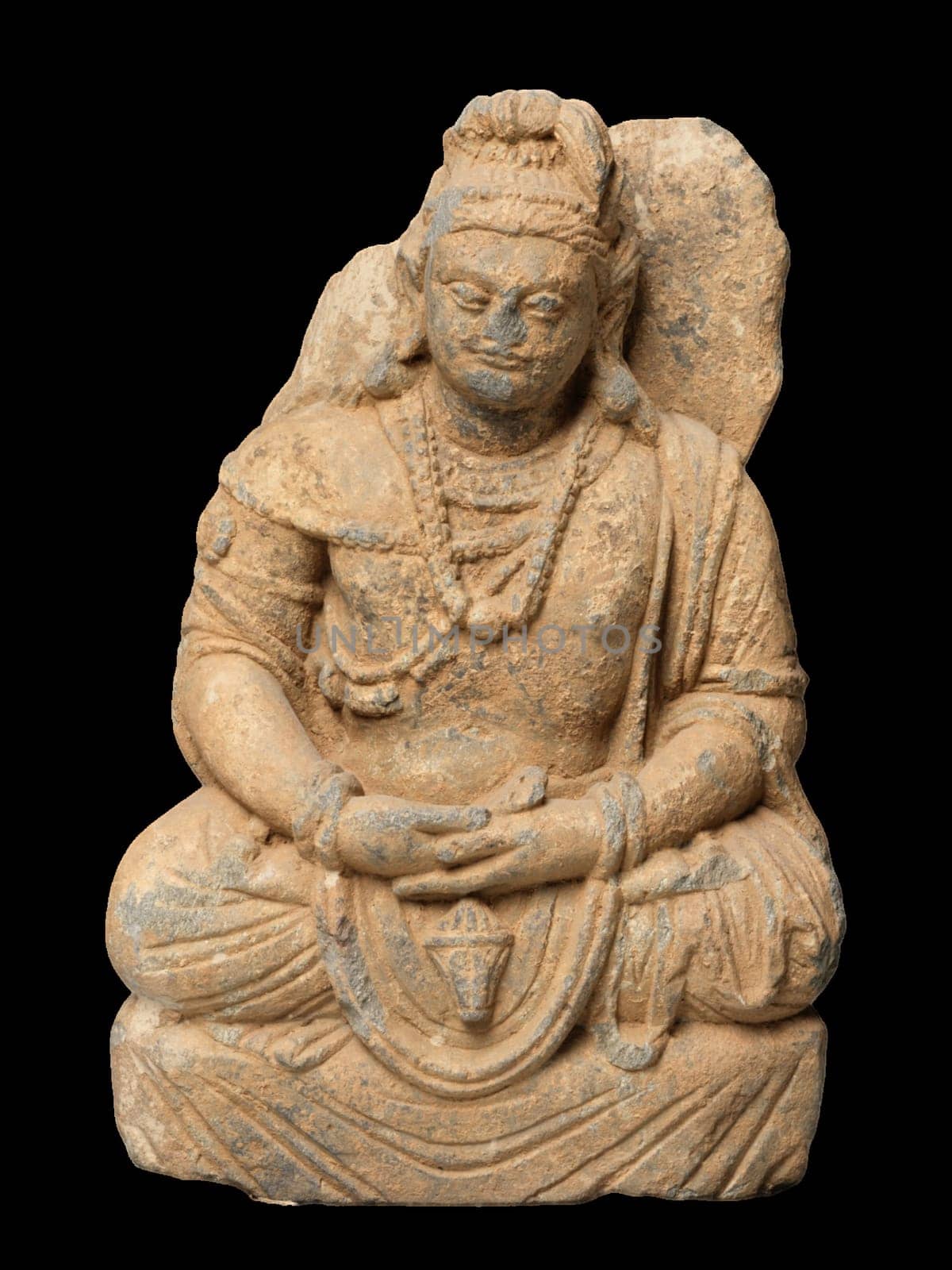
Gandhara Maitreya Buddha Statue - Ancient Art - Spiritual Icon
Editorial LicenseUsername
gallofotoResolution
3000x4000pxGandhara Maitreya Buddha Statue - Ancient Art - Spiritual Icon


ornate gothic shrine antique gold silver religious artifact
Stock PhotoUsername
gallofotoResolution
3000x4000pxornate gothic shrine antique gold silver religious artifact
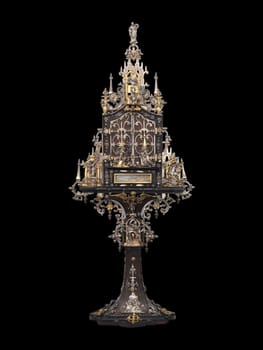
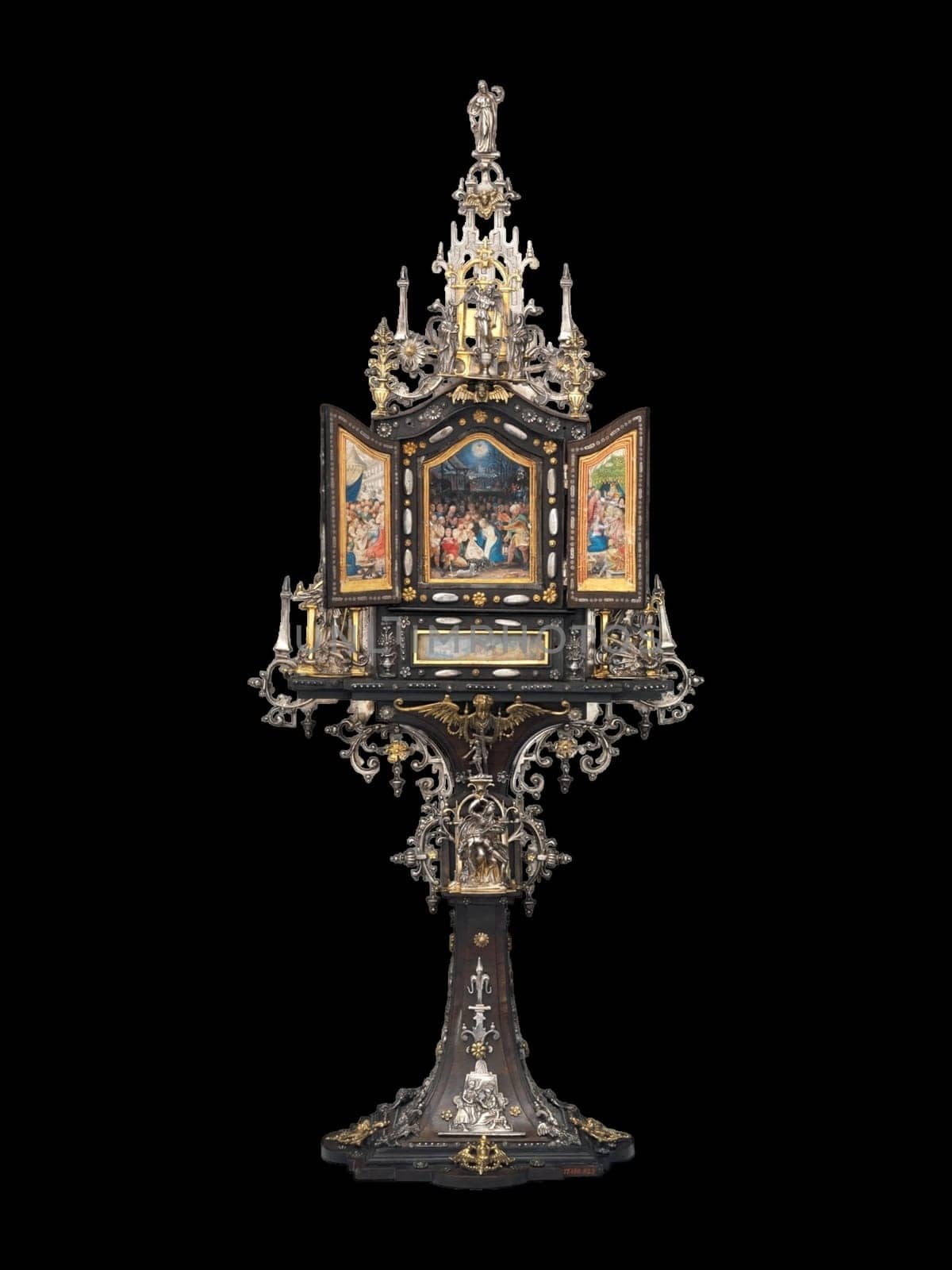
ornate gothic shrine antique gold silver religious artifact
Stock PhotoUsername
gallofotoResolution
3000x4000pxornate gothic shrine antique gold silver religious artifact


ornate antique american pedestal stand ca 1870 for elegant display
Stock PhotoUsername
gallofotoResolution
3000x4000pxornate antique american pedestal stand ca 1870 for elegant display
